Sony X85L is a model from 2023 that will be continued in the offering for 2024 by the Japanese manufacturer. Its greatest advantage is the Google TV system. It currently provides the largest access to applications, so we need not worry that one of our favourite applications will be missing. The intuitive interface and voice control feature using Google Assistant make daily use of the television comfortable and modern. As for picture quality, Sony X85L performs well. Thanks to local dimming (albeit with a very average number of zones), black levels look quite decent. Additionally, its fairly high brightness allows for comfortable television viewing during the day, even in well-lit rooms. Furthermore, the television offers a programme recording function with built-in tuners, which is a great convenience for those wanting to control what and when they watch. In terms of motion smoothness, X85L does not disappoint either. The 120 Hz panel and Motionflow system ensure smooth display of dynamic scenes, satisfying both movie enthusiasts and sports fans. The television is also equipped with a range of features for gamers, including VRR, Game Bar and G-Sync support, making it an attractive choice for gaming enthusiasts. Of course, the television is not without its faults. The lack of HGiG support and high input lag in Dolby Vision mode can be disappointing for more demanding gamers. Additionally, the compromise between font readability and image smoothness when connected to a PC may not appeal to everyone. Nevertheless, Sony X85L is a decent piece of equipment that is particularly worth attention if it can be purchased on promotion.
- Matching (Score)
- Our verdict
- TV appearance
- Where to buy
- Contrast and black detail
- HDR effect quality
- Factory color reproduction
- Color reproduction after calibration
- Smoothness of tonal transitions
- Image scaling and smoothness of tonal transitions
- Blur and motion smoothness
- Console compatibility and gaming features
- Input lag
- Compatibility with PC
- Viewing angles
- TV efficiency during daytime
- Details about the matrix
- TV features
- Apps
- Playing files from USB
- Sound
Sony X85L vs SONY BRAVIA 3
Direct compare
X85L
BRAVIA 3 / K-(XX)S3

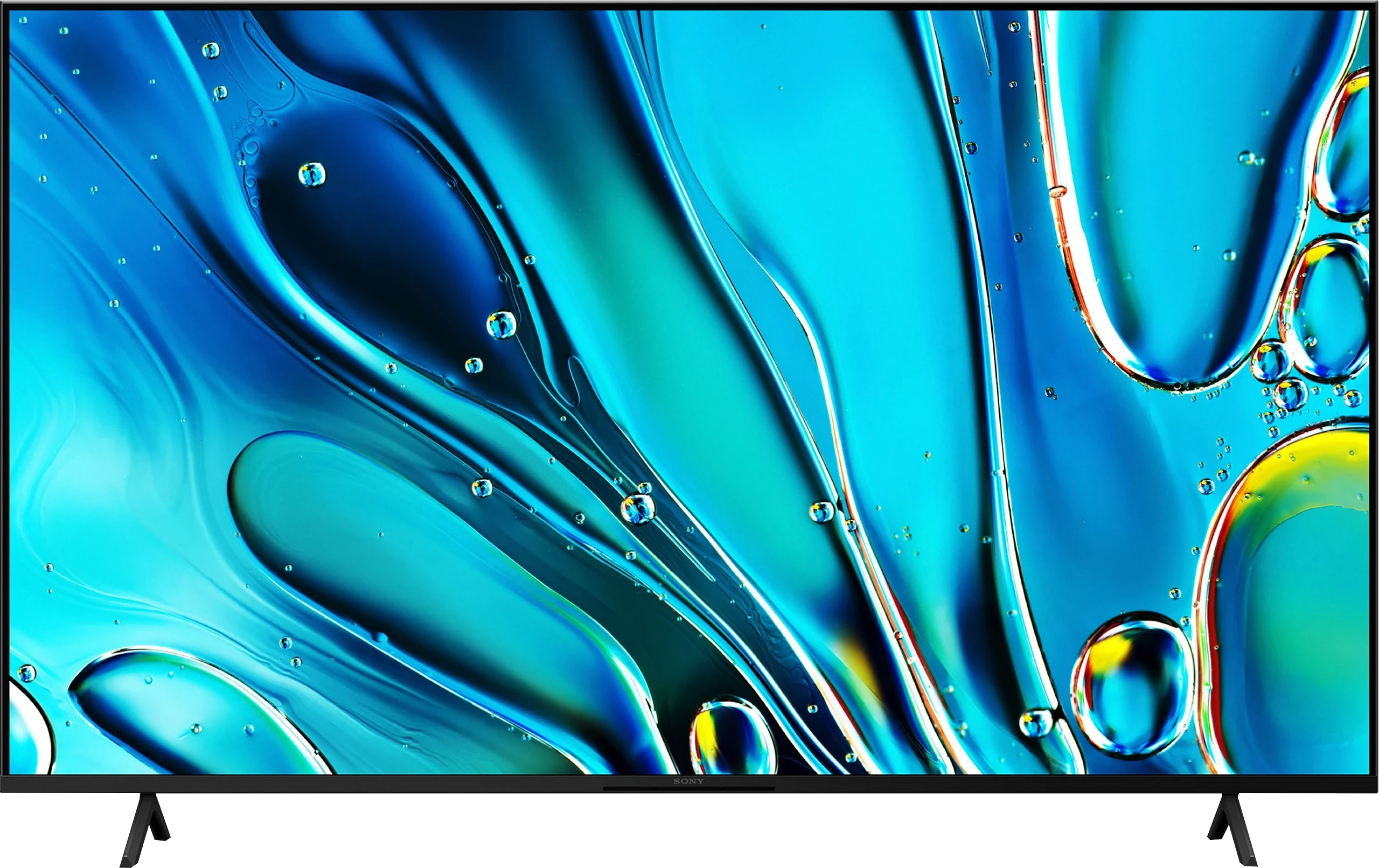
Resolution: 3840x2160
System: Google TV
Model year: 2023
Complete the survey to find out the result

Panel type: LCD IPS
Resolution: 3840x2160
System: Google TV
Model year: 2025
Complete the survey to find out the result

Overall rating
6.9
6.0
Movies and series in UHD quality
6.4
5.4
Classic TV, YouTube
6.3
5.3
Sports broadcasts (TV and apps)
6.6
5.7
Gaming on console
7.8
6.4
TV as a computer monitor
5.6
6.0
Watching in bright light
6.5
4.9
Utility functions
7.7
6.6
Apps
9.6
9.6
Sound quality
6.9
6.5
Complete the survey to find out what fits your preferences
Advantages
Advanced Google TV System
Good contrast
Good brightness
Features for gamers - VRR, Game Bar and G-Sync
Base with adjustable legs
Google TV system – a vast library of apps and services
IPS panel with good viewing angles
Enhanced colours – (91% DCI-P3 colour gamut)
Supports Dolby Vision
Good upscaling – lower quality materials look surprisingly good
Excellent input lag and ALLM mode
Very good PC compatibility – supports 4:4:4 chroma, excellent font readability
Two remote controls included – modern minimalist and classic with a numeric keypad
Very good built-in media player – supports a wide range of files, even less common ones like HEIC
Thin bezels and modern design – a significant step forward compared to X75WL
Supports Dolby Atmos and DTS:X
Disadvantages
No support for HGiG, Dolby Vision with high input lag
Font readability issues on PC at 120 Hz
Only 2 HDMI 2.1 ports - with one serving as eARC
Tragic black - IPS matrix without local dimming
Limited brightness (approx. 350 nits), the image in HDR mode is not very appealing
Issues with backlight uniformity
The Google TV system can stutter
Lack of recording function from built-in tuners to USB memory
Our verdict
Sony Bravia 3 is a television that brings several important improvements over its predecessor, while remaining true to its core. The biggest change is the design – slim bezels and sturdy metal legs give it a modern appearance that fits much better in a living room than the X75WL. Improved colours thanks to the PFS filter and really good upscaling should also be noted. It is particularly in lower quality content, especially in classic SDR, that the Bravia 3 shows its best side – colours look pleasing, the image is clear, and thanks to the IPS panel, viewing angles are at a very good level. It is perfectly suited for the role of a “classic” television receiver, where the convenience of watching from different spots in the room and decent quality of everyday content matter. A huge advantage remains the Google TV system. During our tests, there were times when the interface did not always work as smoothly as we would have liked, and some features could freeze. However, despite these imperfections, the presence of Google TV is a significant plus – access to thousands of applications and a full streaming library compensates for minor shortcomings. Unfortunately, what was weak in the X75WL remains weak here as well. The IPS panel has very low contrast and does not offer local dimming, making watching films in a dark room quickly lose its appeal – black resembles grey and effectively detracts from the enjoyment of the viewing experience. Additionally, the option to record content to USB, which was available in its predecessor, has been dropped. It is hard not to notice this and not add it to the list of downsides.
So who is the Bravia 3 for? Primarily for those looking to enter the world of Sony televisions at a potentially low price and who also appreciate the Google TV system. However, it is not the most attractive option in its class – competitors in this budget can offer models with Mini-LED backlighting, whose images perform several times better in terms of contrast and HDR. Therefore, the Bravia 3 is worth keeping in mind, but mainly when a solid discount is available. At regular price, it will be very difficult to stand out against its more cost-effective rivals.
TV appearance




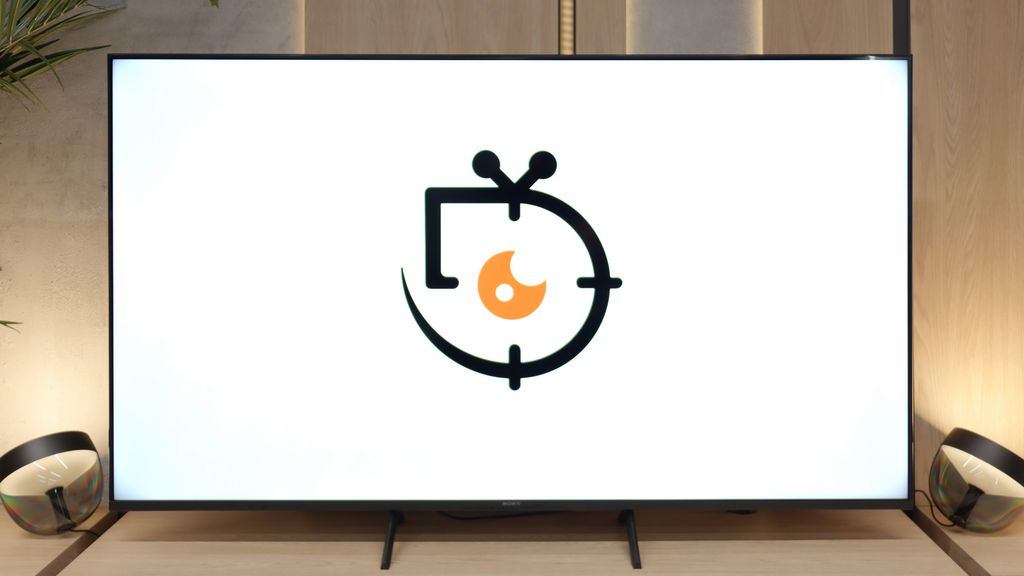
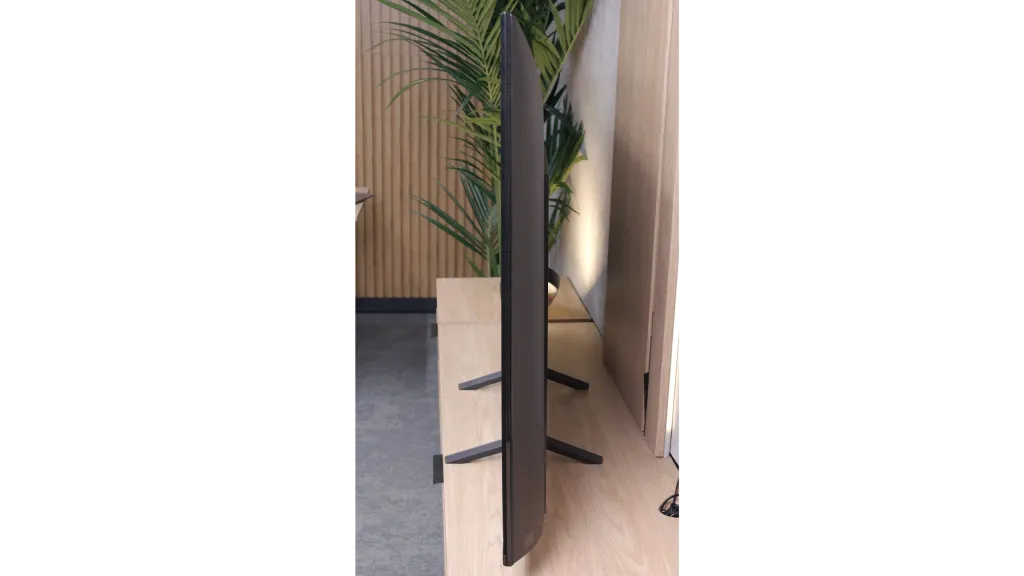
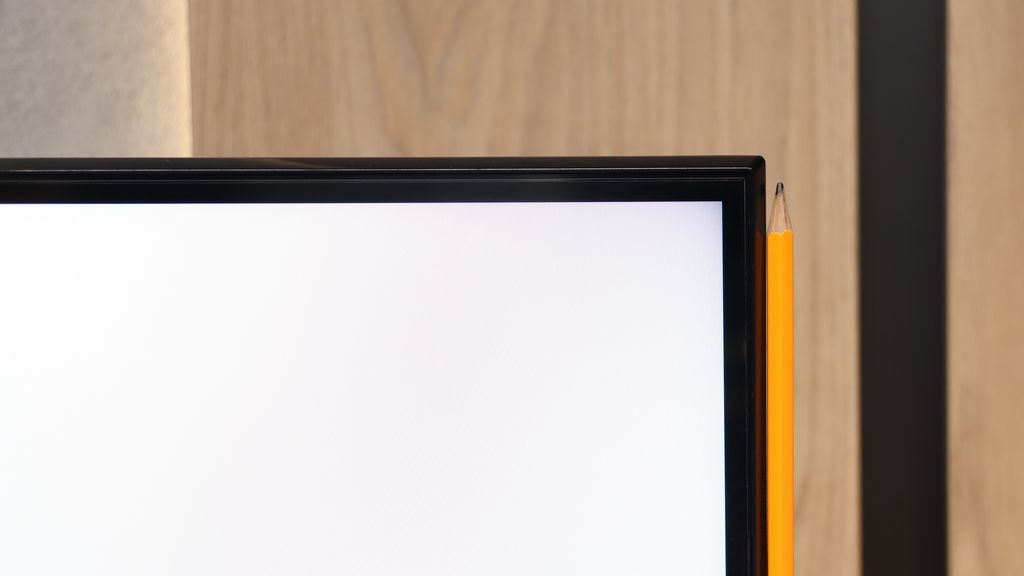
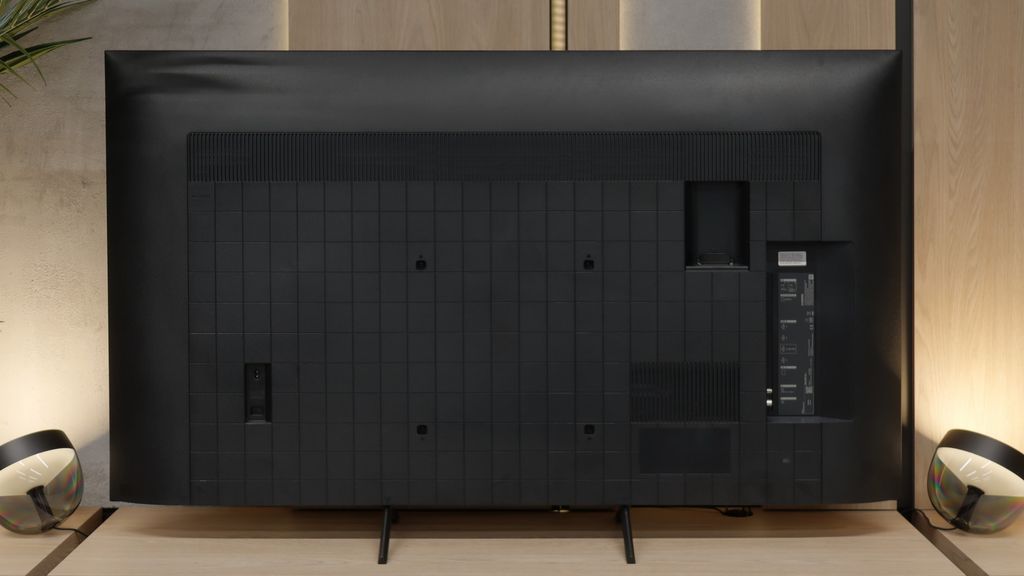
Contrast and black detail
6.7/10
2.2/10
Local dimming function: Yes, number of zones: 24 (4 x 6)
Local dimming function: No
Contrast:

Result
8,700:1

Result
7,800:1

Result
19,200:1

Result
5,750:1

Result
5,150:1

Result
1,150:1

Result
1,150:1

Result
1,050:1

Result
1,050:1

Result
900:1
Halo effect and black detail visibility:

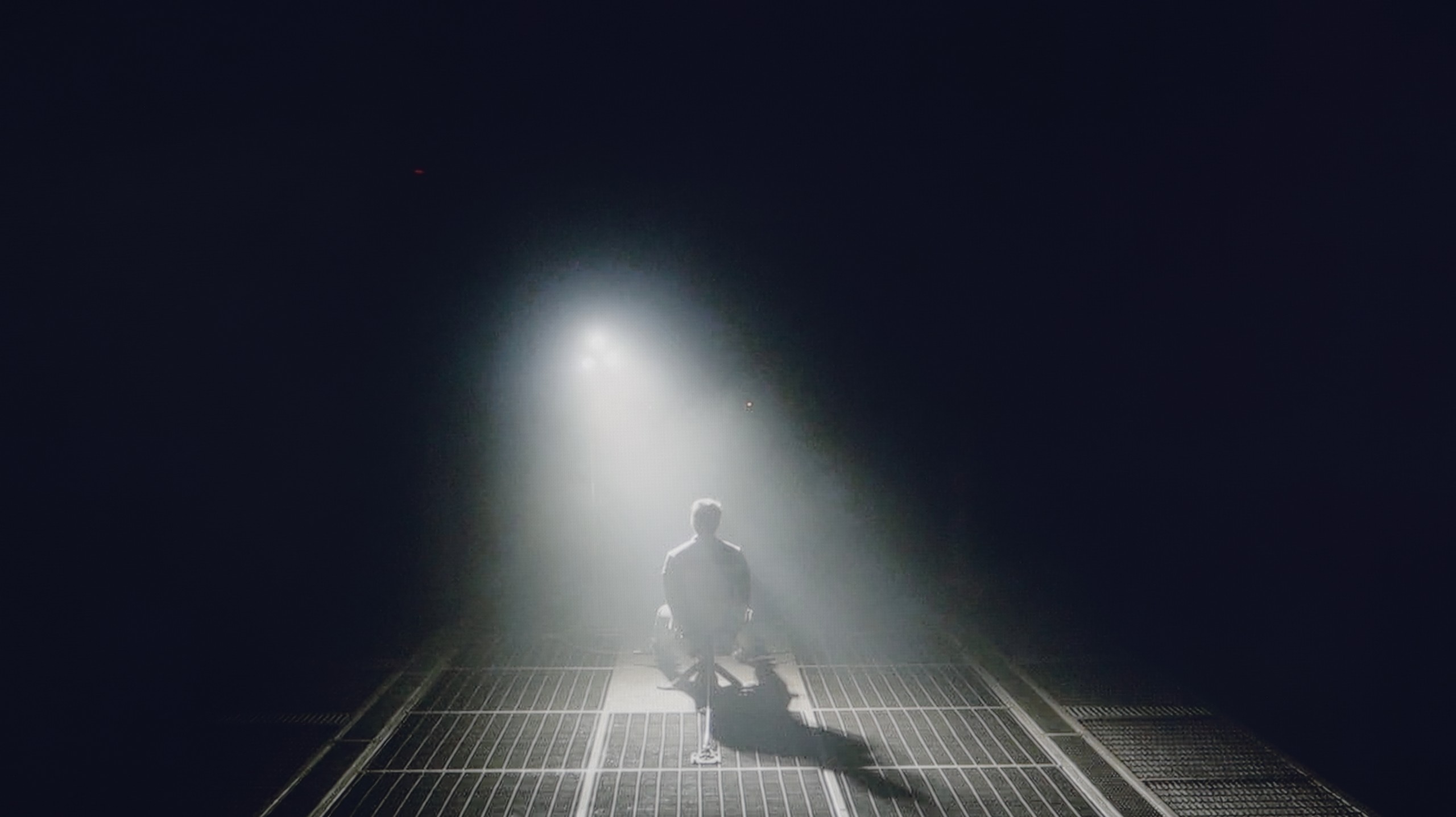
The Sony X85L television is equipped with a VA panel, which in itself offers quite good contrast. Additionally, this model features local dimming technology – in the 55-inch version, it encompasses 24 zones. Although this number is not impressive, it naturally increases with the size of the television. The contrast in the X85L is good, though not the best, especially in comparison to other televisions also equipped with advanced local dimming technology. Results at a level of 8000:1 are satisfactory, but appear average in the context of competition. In some cases, such as the third scene from the film Arrival, the contrast is promising and performs fairly well. This is thanks to the very good dimming algorithm that Sony has employed in its televisions for years. Unfortunately, due to the limited number of local dimming zones, the television struggles with noticeable blooming, which can be observed, for example, in scenes with the helicopter from the film Sicario 2.
The Bravia 3 in most variants, including the 65-inch model we tested, uses an IPS panel and unfortunately, this is not the best news for those who value depth of image and true velvety blacks. This technology has its advantages, as it offers decent viewing angles, but these come at the cost of very low contrast, which is particularly noticeable during evening viewings when we expect the screen to go dark where it should. However, this is not the end of the list of problems. Our unit also exhibited noticeable unevenness in blacks, which exacerbates the effect of their shallowness. For example, in a scene with a helicopter, the blooming in the corners of the screen and pronounced vignetting are clearly visible.
It's hard not to think that even a simple local dimming system could have salvaged the situation and added a touch of drama to the image, which is lacking here. Unfortunately, Sony has decided against such a solution, and as a result, we have a repeat of last year's issues. The Bravia 3 is therefore not a television that will charm you with cinema-like black depth. At night, instead of intense blacks, we are likely to see a grey pretending to be darkness, which may disappoint more demanding viewers.
HDR effect quality
5.8/10
4.6/10
Luminance measurements in HDR:

Result
736 nit

Result
415 nit

Result
535 nit

Result
249 nit

Result
599 nit

Result
316 nit

Result
327 nit

Result
369 nit

Result
236 nit

Result
379 nit
Scene from the movie “Pan” (about 2800 nits)

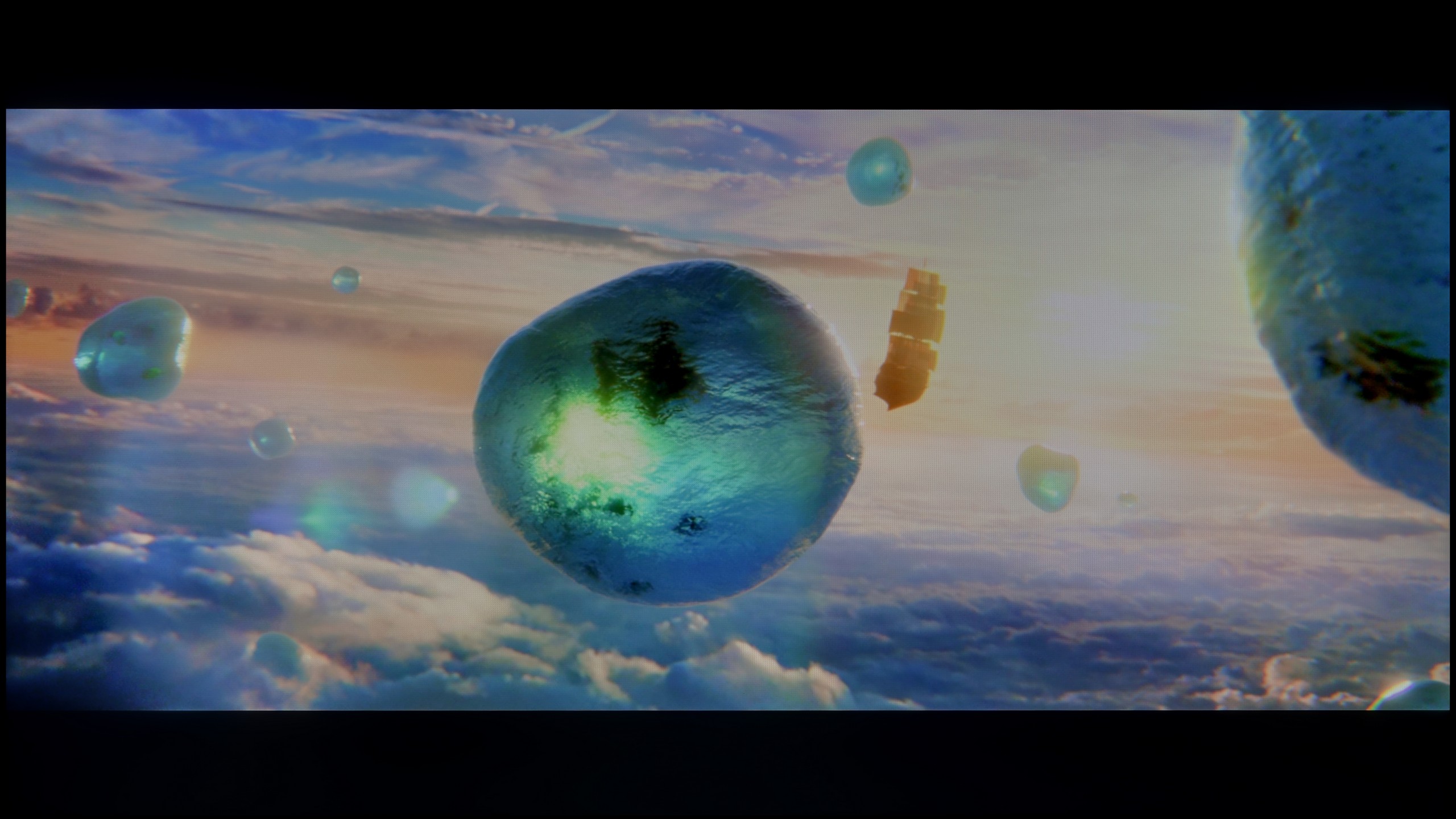
Scene from the movie “Billy Lynn” (about 1100 nits)


Static HDR10


Dynamic: Dolby Vision
Dynamic: Dolby Vision


HDR luminance chart:
SONY BRAVIA 3
HDR luminance
Sony X85L
HDR luminance
The Sony X85L television offers solid HDR performance with a brightness level of 750 nits, which is sufficient to enjoy vivid effects. In scenes of moderate difficulty, such as the first, third, or fifth test scenes, a brightness of around 600 nits allows one to fully experience the HDR effect. Unfortunately, in more demanding segments, like the scene from the film Sicario 2, the television reveals its limitations. Drops in brightness to 250 nits cause the HDR effect to lose its impressive quality, resembling rather ordinary SDR. Nevertheless, it is worth highlighting the very good coverage of the DCI-P3 colour palette at 95%, which definitely deserves praise and positively impacts the overall image quality.
Bravia 3 does not hide the fact that it belongs to the group of televisions that are rather modest in terms of brightness. Our measurements showed around 370 nits, which is a value teetering on the edge of where one can still speak of any HDR effect. For some, this is an acceptable level, while for others it is rather typical for SDR content, where spectacular highlights or vivid contrasts are not expected. The impression is that this is not a television for those focused on the highest image quality in demanding cinematic content. However, this does not mean that we cannot find any advantages here. Compared to its predecessor, the X75WL, Bravia 3 has gained an additional PFS filter, which works similarly to solutions known from QLED technology. Thanks to this, the DCI-P3 colour palette has been significantly widened and reaches over 91 percent, which in practice results in more saturated colours and a more pleasing image texture. As a result, even everyday content looks somewhat livelier, and films and series can surprise with vibrant visuals, despite limitations in brightness itself.
Factory color reproduction
5.8/10
5.8/10


Factory Mode
After calibration


Factory Mode
After calibration
The television Sony X85L was tested in IMAX Enhanced mode, which, although associated with world-class cinema, does not guarantee an image that aligns with the director's intention. The main problem is the white balance – there is a noticeable strong dominance of blue colour and significant shortcomings in red. As a result, the picture becomes unnaturally cool and looks artificial. Errors in colour reproduction were confirmed by the Colour Checker test, which showed considerable discrepancies – the colours were "scattered" like shots from a rifle, and only a few samples hit the target values. This clearly demonstrates that the accuracy of colour reproduction leaves much to be desired.
The brightness of the image is one of the positive features of the television. The gamma for HD content is at an acceptable level, although there are minor errors, but generally it is quite good. However, the characteristic of brightness for 4K materials remains a problem, controlled by the EOTF curve. It is evident here that very small, bright elements of the image are too dim, which is the result of the limited number of backlighting zones due to the design of the television.
Sony Bravia 3 was primarily tested in film mode, which immediately proved to be the best choice among the factory settings. It is not a perfect picture, but compared to the eco mode that the television offers right out of the box, the difference is clear and positive. In film mode, one can notice a certain problem: the image appears too warm, which results from a lack of blue colour in the white balance. Despite this, in SDR content, the final effect can still be considered quite decent and satisfactory for everyday viewing. Much more serious errors occur in HDR materials. The Color Checker analysis showed considerable deviations, and poor brightness management, combined with limited colour gamut coverage, further exposes the shortcomings of the image in this mode. All of this makes HDR on the Bravia 3 appear unconvincing and can spoil the impression left by the quite decent SDR content setting. Fortunately, this is not an insurmountable situation. Various errors can be somewhat mitigated, and some can even be fully corrected through professional calibration. Therefore, we decided to check how the television would perform after such adjustments.
Color reproduction after calibration
7.5/10
7.5/10

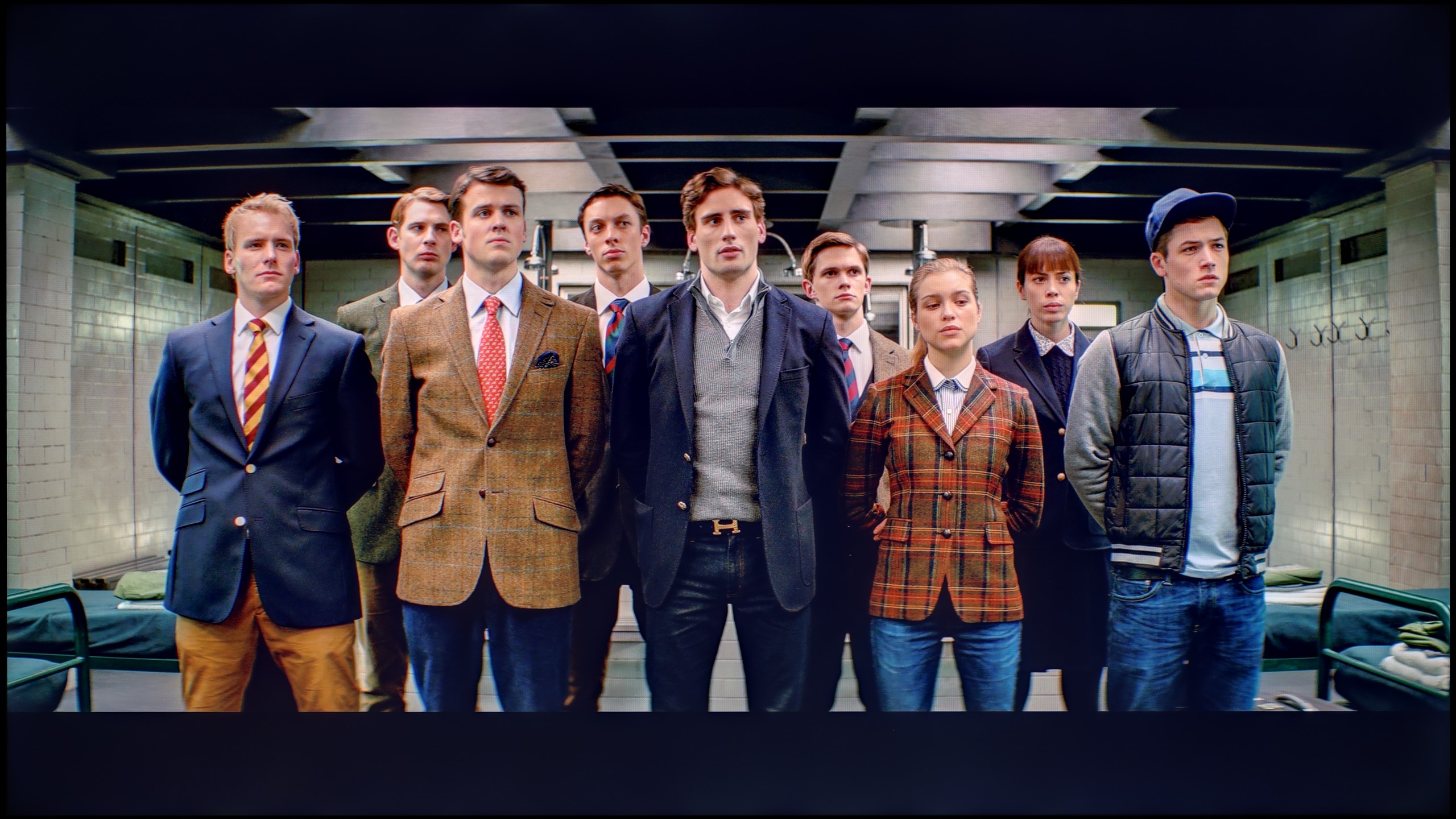


Thanks to the application of calibration tools offered by Sony X85L, the image quality has been significantly improved. After calibration, the white balance for HD content is much more stable, making colours appear more natural and enhancing the authenticity of the image. Although it is not perfect, these changes allow viewers to enjoy a more realistic colour reproduction, eliminating the previous cool tone. The gamma, which was already decent, has been adjusted to an even better version. As a result, tonal transitions and brightness are more consistent, positively affecting the depth and detail of the image.
As for 4K content, despite efforts, the white balance still struggles with a lack of red, which can lead to overly warm colours in some scenes. Synthetic tests showed that the EOTF curve in HDR is quite stable, with a slight enhancement in mid-bright scenes. However, in actual film material, the television can still be too bright with fine, light details, which is a result of the limitations of large local dimming technology.
Nevertheless, calibration has brought significant benefits, particularly in terms of colour accuracy, improving the overall image quality and providing a more natural and cohesive directorial vision.
The calibration allowed us to extract significantly more from the Bravia 3 than we could have expected at the beginning. Firstly, it managed to compensate for the deficiency of blue, which had previously caused a noticeable warming of the image. After a slight adjustment to the white balance, most of the errors in the Color Checker measurements for SDR content virtually disappeared. The white tones became more natural, and the brightness management in gamma stabilised to an almost ideal level, not exceeding the threshold of human perception. Thus, it can be confidently stated that in SDR content, after a few adjustments to the settings, the Bravia 3 performs remarkably well. Significantly worse, although still definitely better than before calibration, are HDR contents. The white balance was brought into order, however, the limitations of the IPS panel are insurmountable. The lack of local dimming means that even the smallest elements can be overexposed, which immediately stands out. Colour-wise, the effect is also improved, though far from perfect – many errors still exceed the threshold of four or even five delta E units, meaning they remain visible to the human eye. It was already clear earlier that the Bravia 3 is not a television designed to impress with HDR quality. Nevertheless, it is gratifying that in SDR content, after calibration, the image can look truly excellent, and in this category, the television pleasantly surprised us.
Smoothness of tonal transitions
7.1/10
8/10





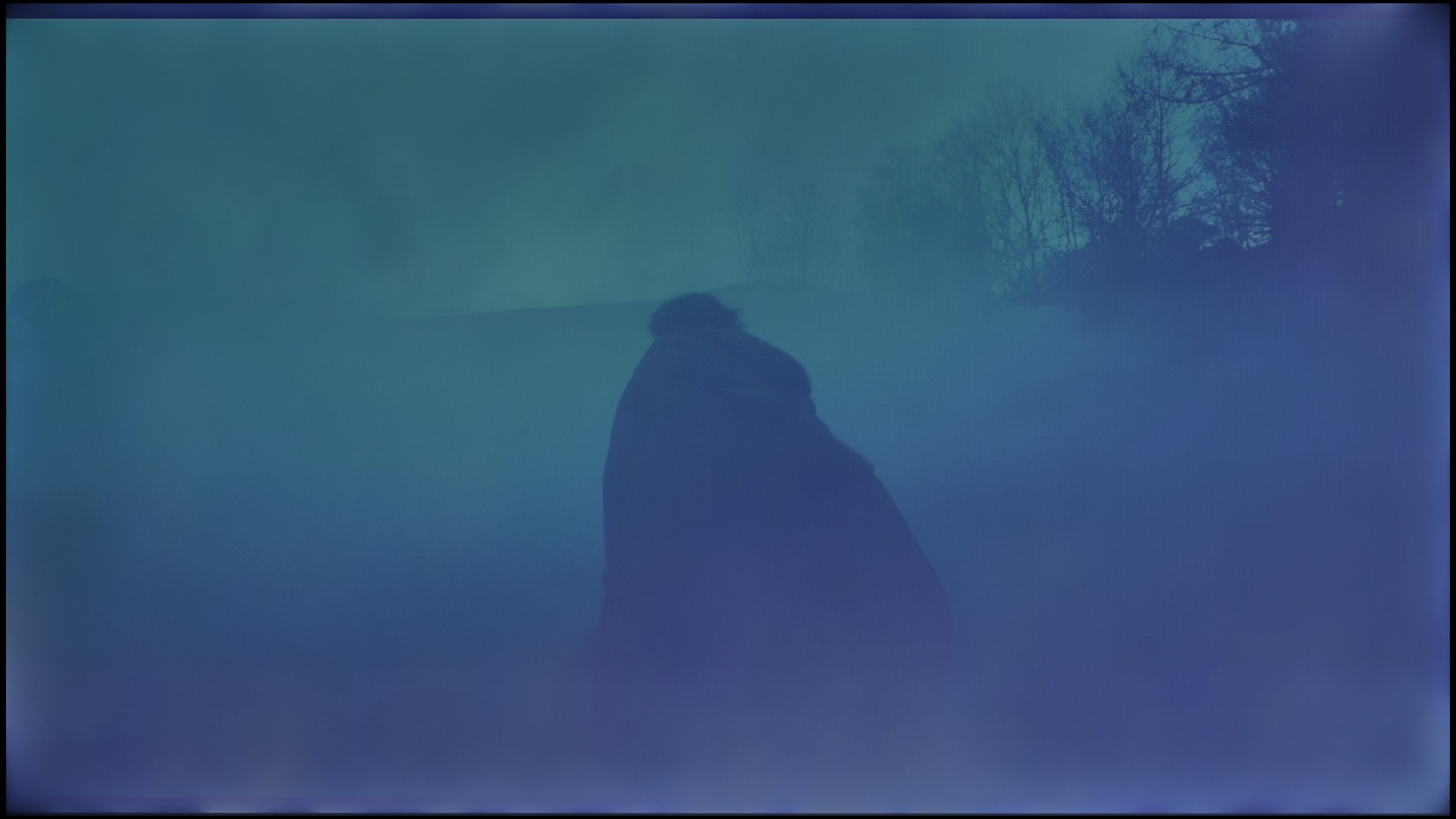

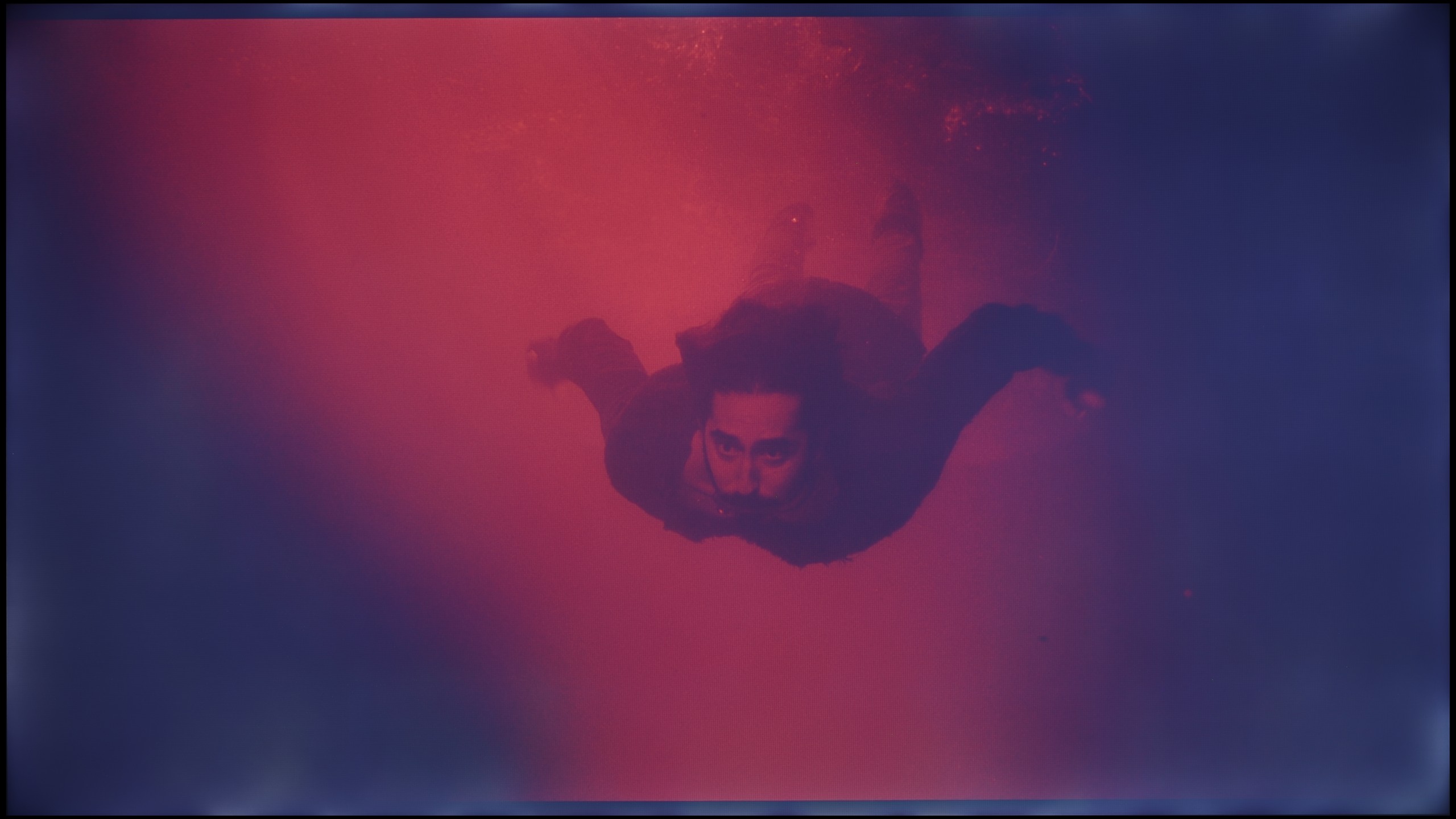




The fluidity of tonal transitions in Sony X85L is at a good level – the gradation of colours is smooth, even in more demanding areas, which makes the perception of scenes positive and natural. The biggest issues arise around shadows, where subtle colour joins may be visible. Despite this, the television performs well enough that most viewers should not notice these minor imperfections.
In terms of the fluidity of tonal transitions, the Bravia 3 performs really well. In brighter scenes, we did not notice any significant errors – the screen handles the blending of colours almost flawlessly and does not create artificial contours that can spoil the viewing experience. Similarly, in darker segments, there are no major issues with colour gradation, although another problem arises here. Strong brightening and uneven backlighting of the panel in dark scenes make it difficult to assess the gradation itself clearly, as the effect is spoiled by the unevenness of the image. However, when we focus solely on the blending of colours, the result should be considered very good.
Image scaling and smoothness of tonal transitions
6/10
7/10
Smooth transition function

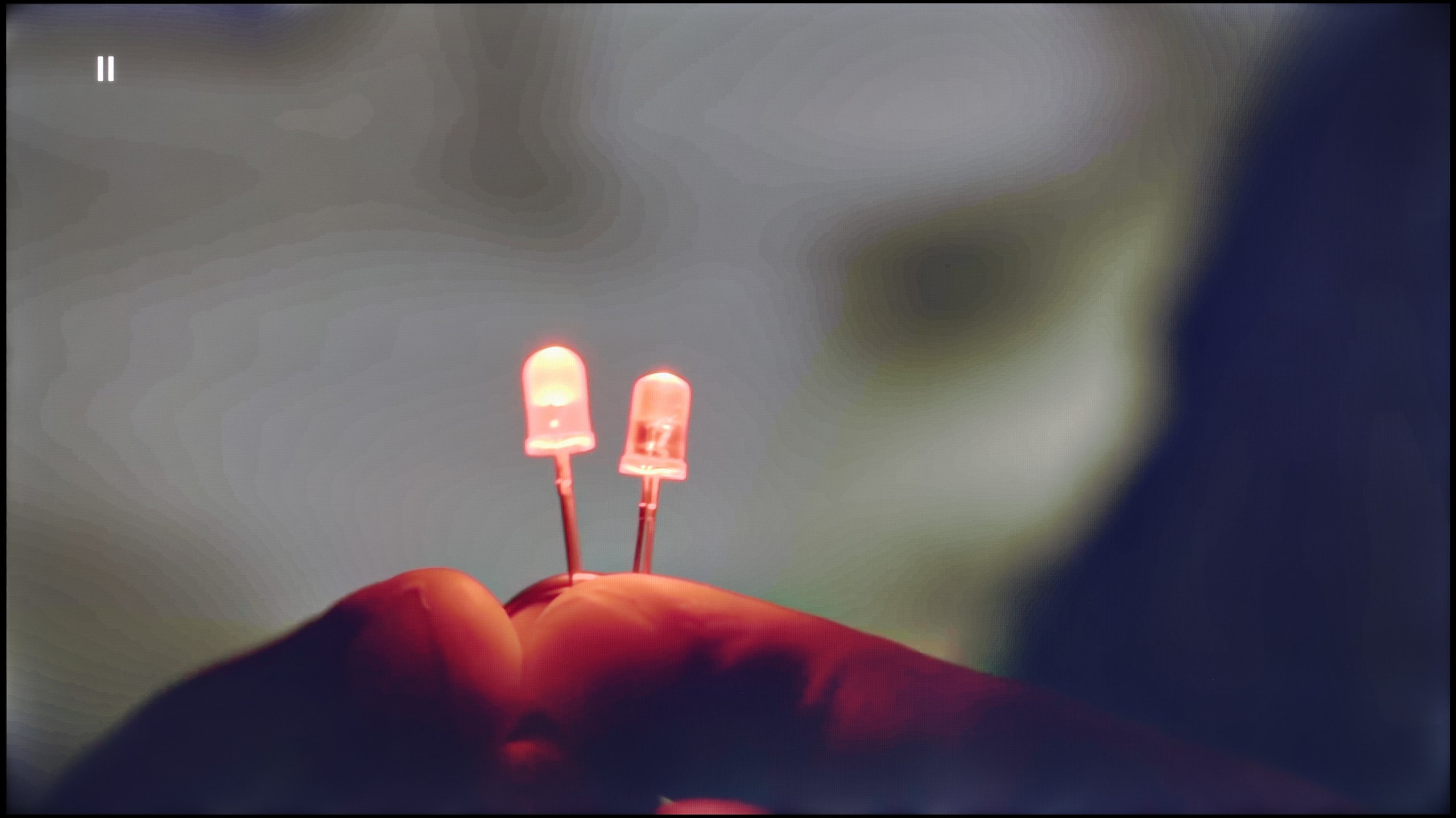
Image without overscan on the SD signal


In terms of smoothing tonal transitions, the Sony X85L television does not offer any dedicated enhancement options, which is a certain drawback. On the other hand, the image scaling performs quite well – the television adds a bit of artificial sharpness, which may make details such as tree branches more pronounced, although sometimes with noticeable jagged edges. This type of effect may appeal to some viewers who prefer a more detailed image.
Bravia 3 brings something more to the Sony TV family than just a shared name. It stands out primarily for its ability to enhance the quality of weaker materials thanks to the processor used. Of course, we won’t find the advanced XR chip known from more expensive models here, but even so, it must be admitted that the image in lower resolutions looked surprisingly good. The scaling worked effectively, and most parts of the screen were free from the typical excessive edge tearing found in budget constructions.
Attention should also be paid to the function that improves the smoothness of tonal transitions. In the high setting, it works really well, effectively masking gradation imperfections without significant detail loss. It does happen, however, that the algorithm overly smooths elements that should remain sharp – for example, faces – but overall, the effect is beneficial. The best results were achieved precisely at the highest setting, and this option could be recommended to those watching lower quality content.
Blur and motion smoothness
8/10
5/10

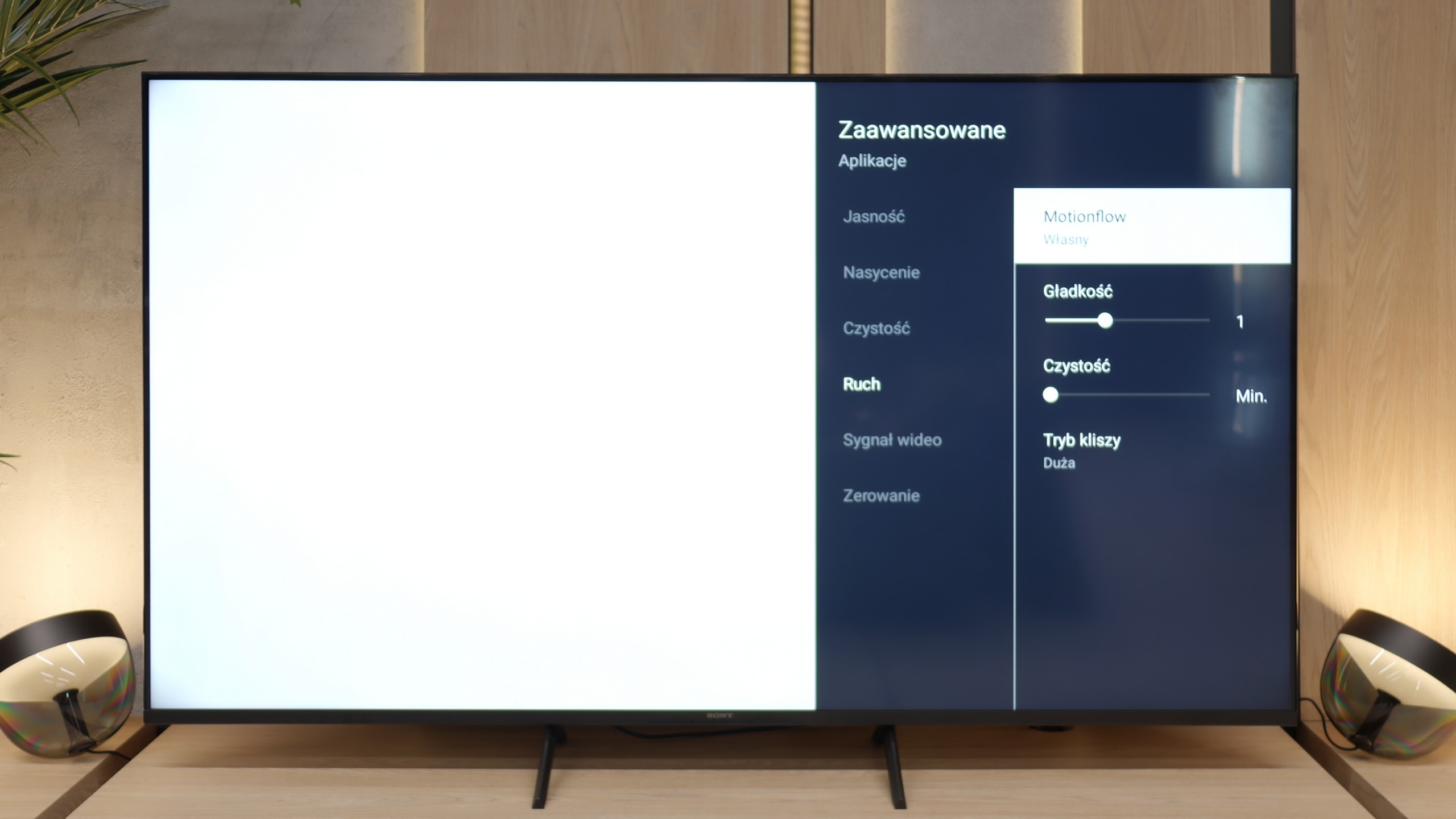
Blur (native resolution, maximum refresh rate):



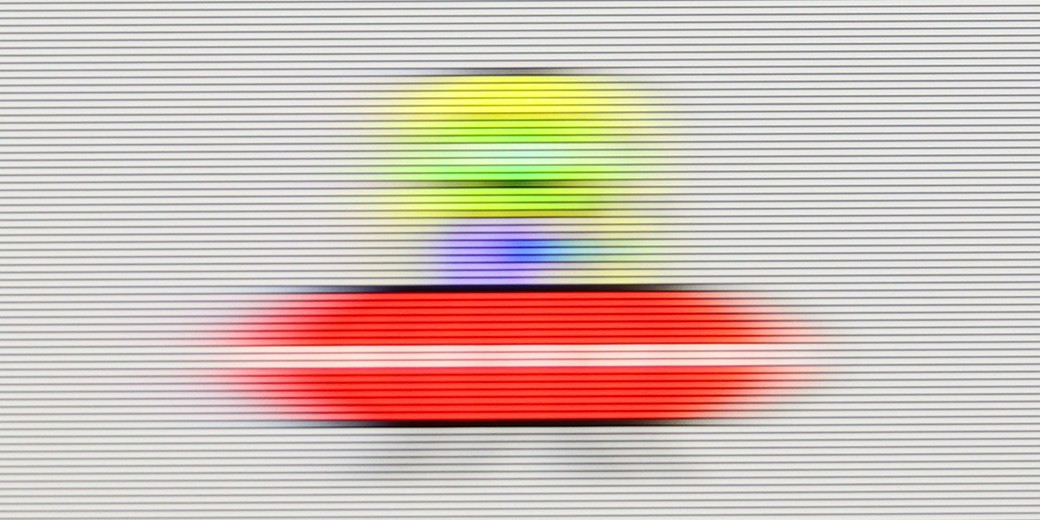
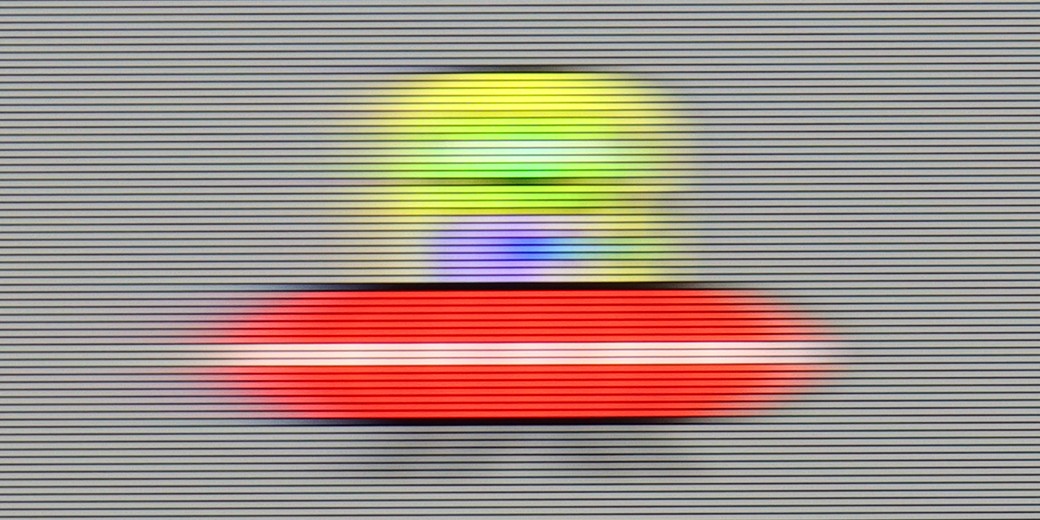
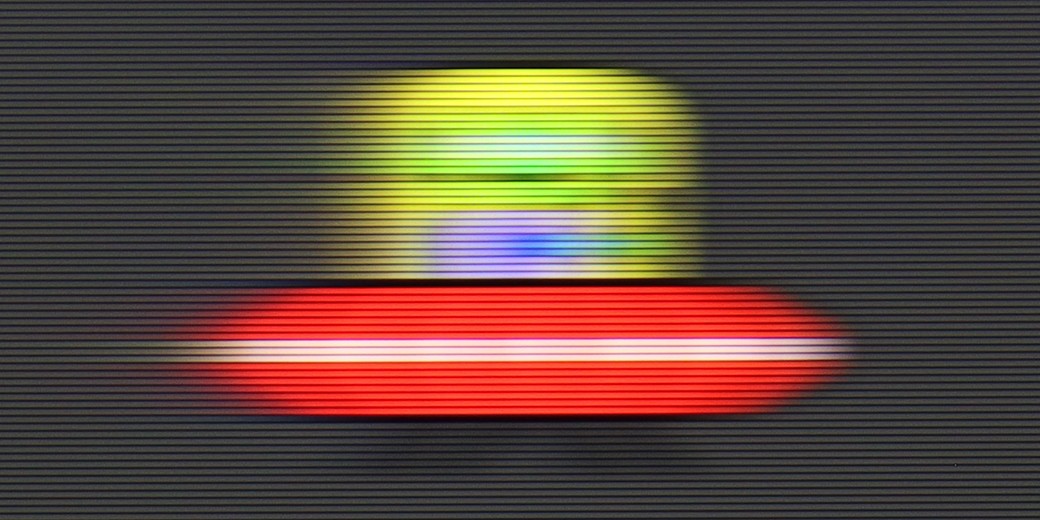
Blur (BFI function enabled):



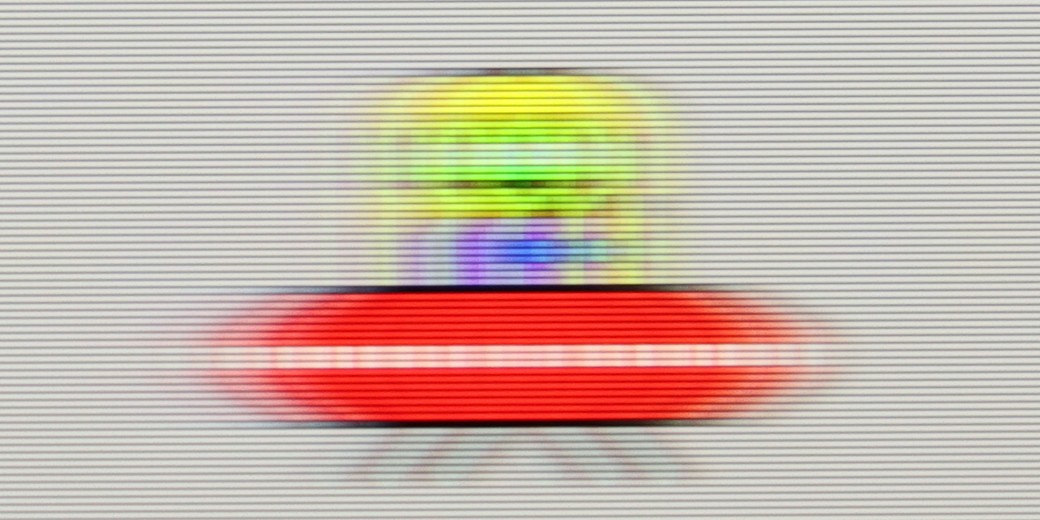
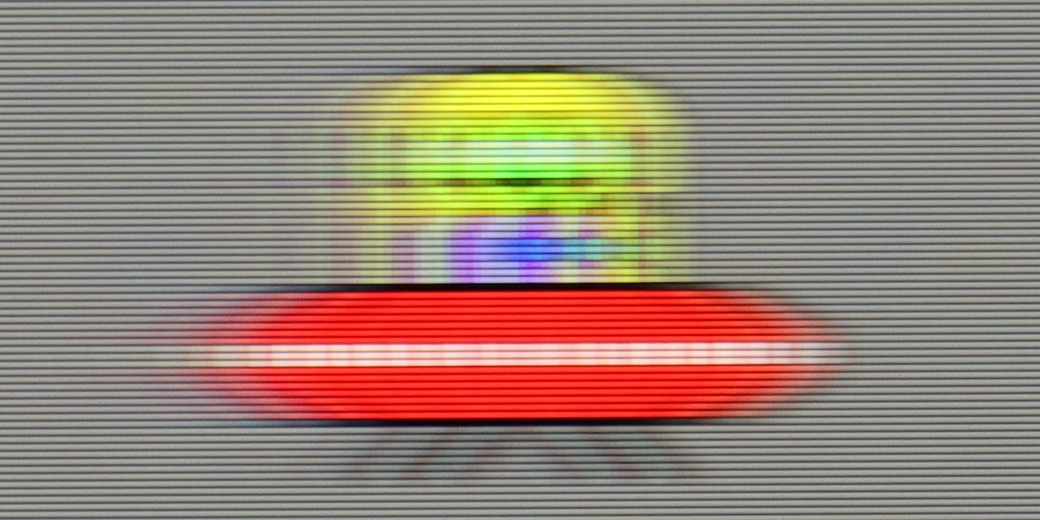
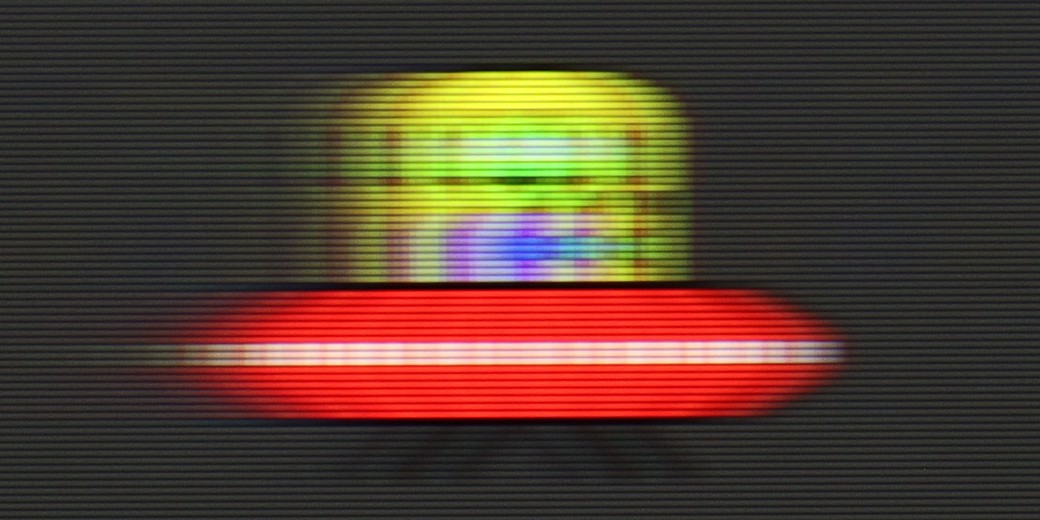
Sony X85L, equipped with a 120 Hz panel, will meet the expectations of a wide range of users – from sports and gaming fans to movie enthusiasts. Movie buffs will certainly appreciate the presence of one of the best motion smoothing systems, known as Motionflow. This system offers adjustment through sliders for smoothness and clarity – smoothness is responsible for motion fluidity, eliminating judder, while clarity improves the sharpness of fast scenes, reducing blur.
The fluidity of motion has never been a strong point of televisions equipped with 60 Hz panels, and the Bravia 3 is no exception. Nevertheless, Sony has added something that may appeal to those more sensitive to the way images are displayed. We are talking about the proprietary motion smoother, Motion Flow, which offers users a considerable range of adjustment options. Thanks to it, one can make the image smoother, even theatrical, or stick to a more cinematic style with the characteristic judder that many simply associate with the filmic atmosphere. These functions work with content at lower frame rates, such as films and series recorded at 24 or 30 frames per second, which are the materials we encounter on a daily basis. It is here that the motion smoother proves to be one of the most important features in everyday use of the television, and this is where the Bravia 3 performs quite well.
Console compatibility and gaming features
7.8/10
4/10
- ALLM
- VRR
- VRR range48 - 120Hz
- Dolby Vision Game Mode
Yes, high input lag
- Correct implementation of HGIG
- 1080p@120Hz
- 1440p@120Hz
- 4K@120Hz
- Game bar

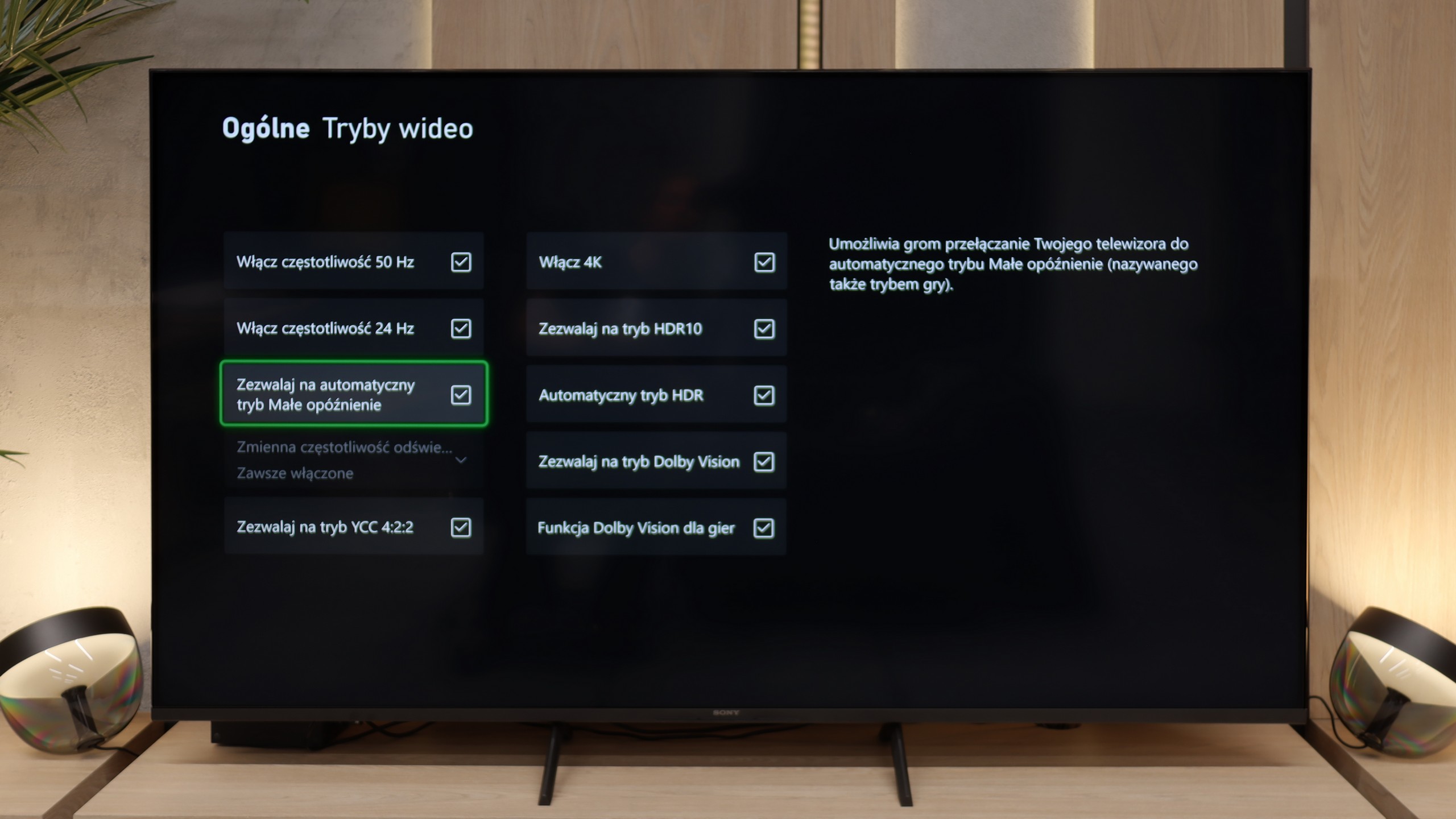

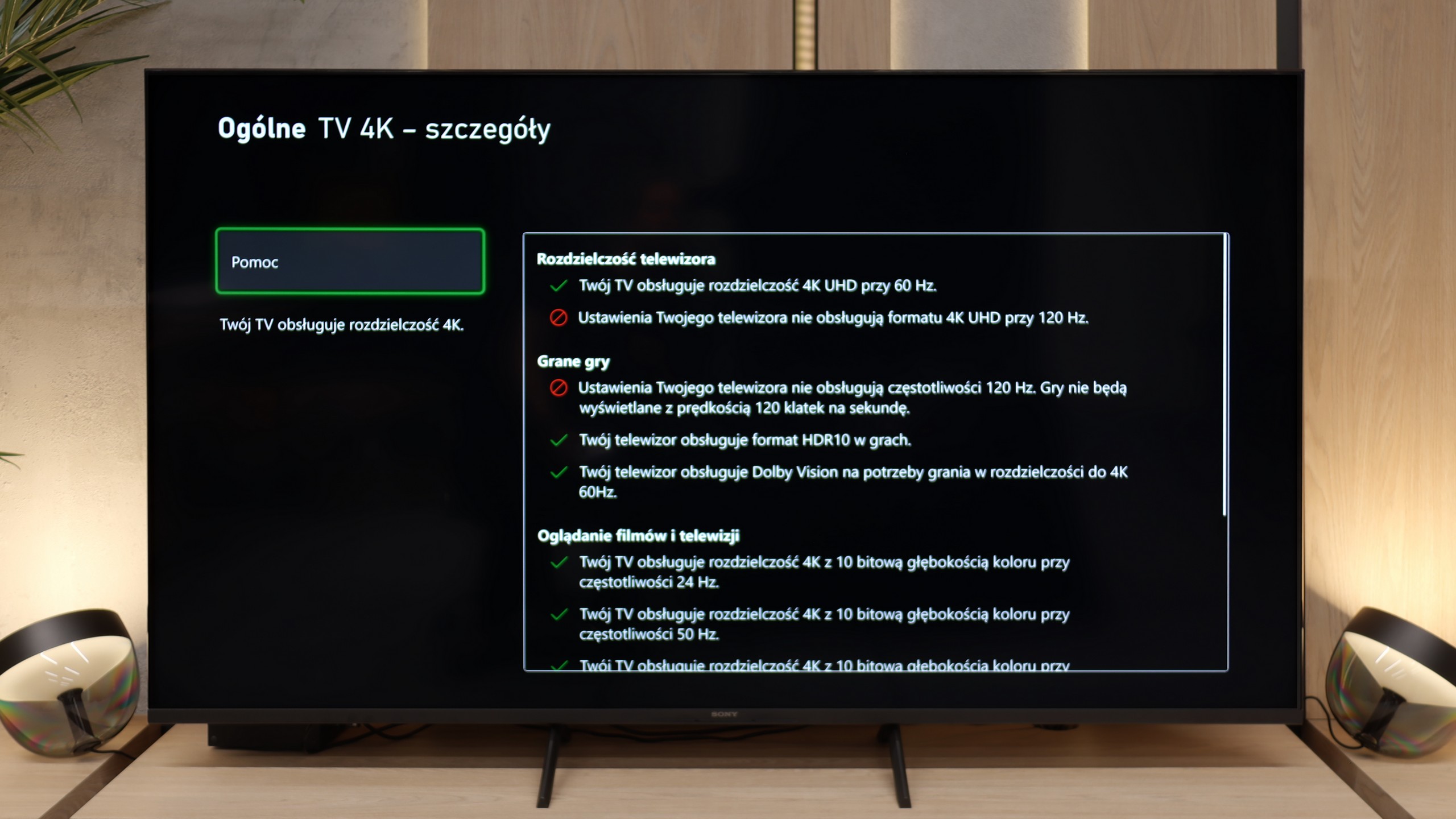

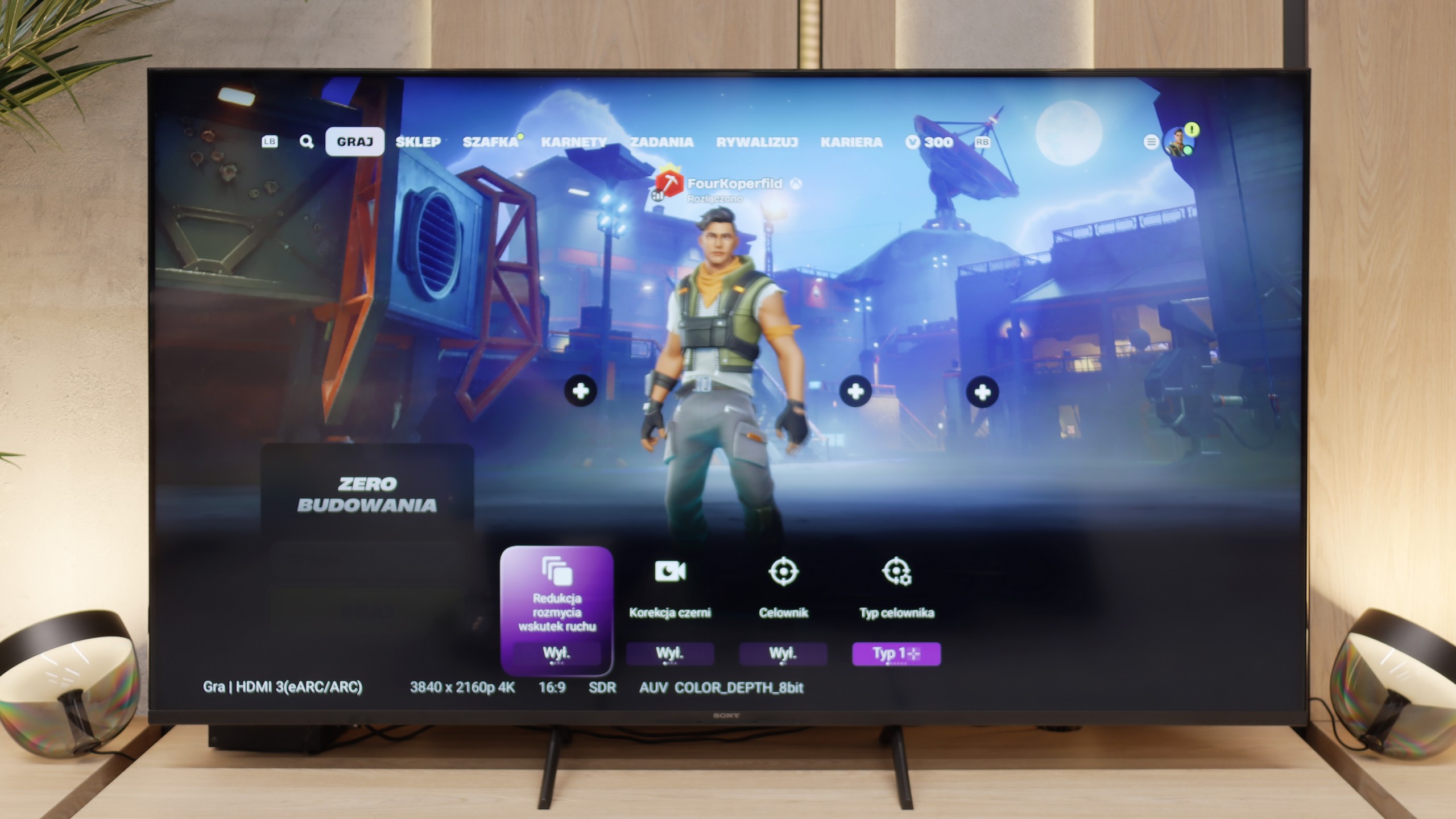

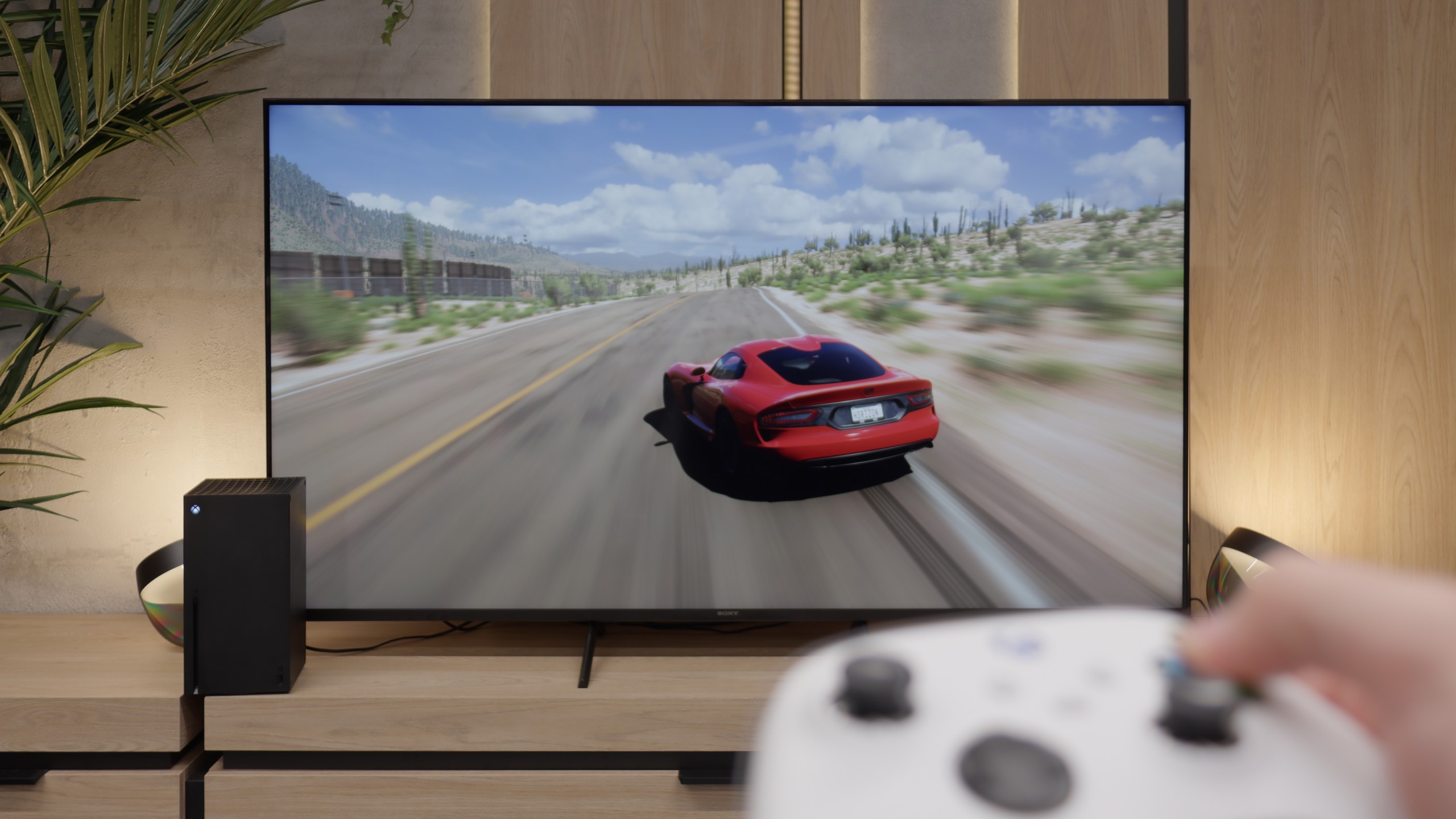
Sony X85L offers a quite solid set of features for gamers, making it an attractive choice for gaming enthusiasts. First and foremost, the television has a 120 Hz panel, which translates to smooth and dynamic image display, ideal for both fast-paced action games and more demanding sports titles. It is equipped with two HDMI 2.1 ports with full bandwidth of 48 Gb/s, allowing for the full utilisation of next-generation consoles. Additionally, Sony X85L supports VRR (Variable Refresh Rate) technology, which helps reduce stuttering and artifacts during gameplay, providing a smooth experience. The television also supports G-Sync, which is particularly beneficial for gamers using NVIDIA graphics cards, allowing for the synchronisation of the screen refresh rate with GPU performance, eliminating screen tearing. It is worth mentioning the Game Bar feature, which facilitates quick access to the most important gaming-related settings, such as VRR, brightness levels, and display modes, which is convenient and useful during gameplay.
However, there are certain limitations. The television does not support HGiG, which may be a downside for some gamers, as HGiG optimises HDR effect rendering in games, providing a more authentic visual experience. Additionally, while the Dolby Vision mode is available, it is not practical for gaming due to the very high input lag.
Bravia 3 is not equipment for e-sports enthusiasts or fans of night marathons with a controller in hand. The lack of 120 Hz refresh rate and HDMI 2.1 ports closes the topic before it even has a chance to develop. This is a television for casual gamers who will play FIFA or racing games after work, not for someone who measures every frame in a spreadsheet. Nevertheless, Sony has added a few nice extras to ensure it’s not too sparse. ALLM works as it should, automatically switching the television to game mode (low latency). There’s even a simple Game Bar, which is clear. However, the biggest novelty here is the PlayStation Portal app. Thanks to it, you can launch PS5 games wirelessly and view them immediately on the television screen. It sounds great, but just a few minutes is enough to feel significant lag. In our opinion, it’s more of a showcase of capabilities than something that can be used every day. If someone really wants to play, it’s better to connect the console via HDMI cable and forget about wireless issues.
Input lag
9.1/10
10/10
SDR
HDR
Dolby Vision
Generally speaking, the input lag on the Sony X85L is very good, which is crucial for smooth gameplay and quick reactions in games. In standard modes, especially when using HDMI 2.1 and playing at a resolution of 4K at 120 Hz, the input lag is minimal.
Unfortunately, the Dolby Vision mode is an exception to this rule. In this case, the input lag reaches as much as 95 ms. Such a high level of delay makes the Dolby Vision mode virtually unplayable, as the responses to commands are noticeably delayed.
Here, the Bravia 3 shows its best side. Latencies drop below 12 milliseconds in almost every resolution and mode, so the response to controller movements is instantaneous and there is no feeling of delay. It feels as though the console and the television are speaking the same language, without unnecessary pauses or hesitations. The Dolby Vision Gaming mode is particularly noteworthy. In its predecessor, the X75WL model, using this feature was simply a pain – input lag could exceed 100 milliseconds, which effectively spoiled the enjoyment of gaming. In the Bravia 3, this issue has been completely eliminated.
Compatibility with PC
5.6/10
6/10

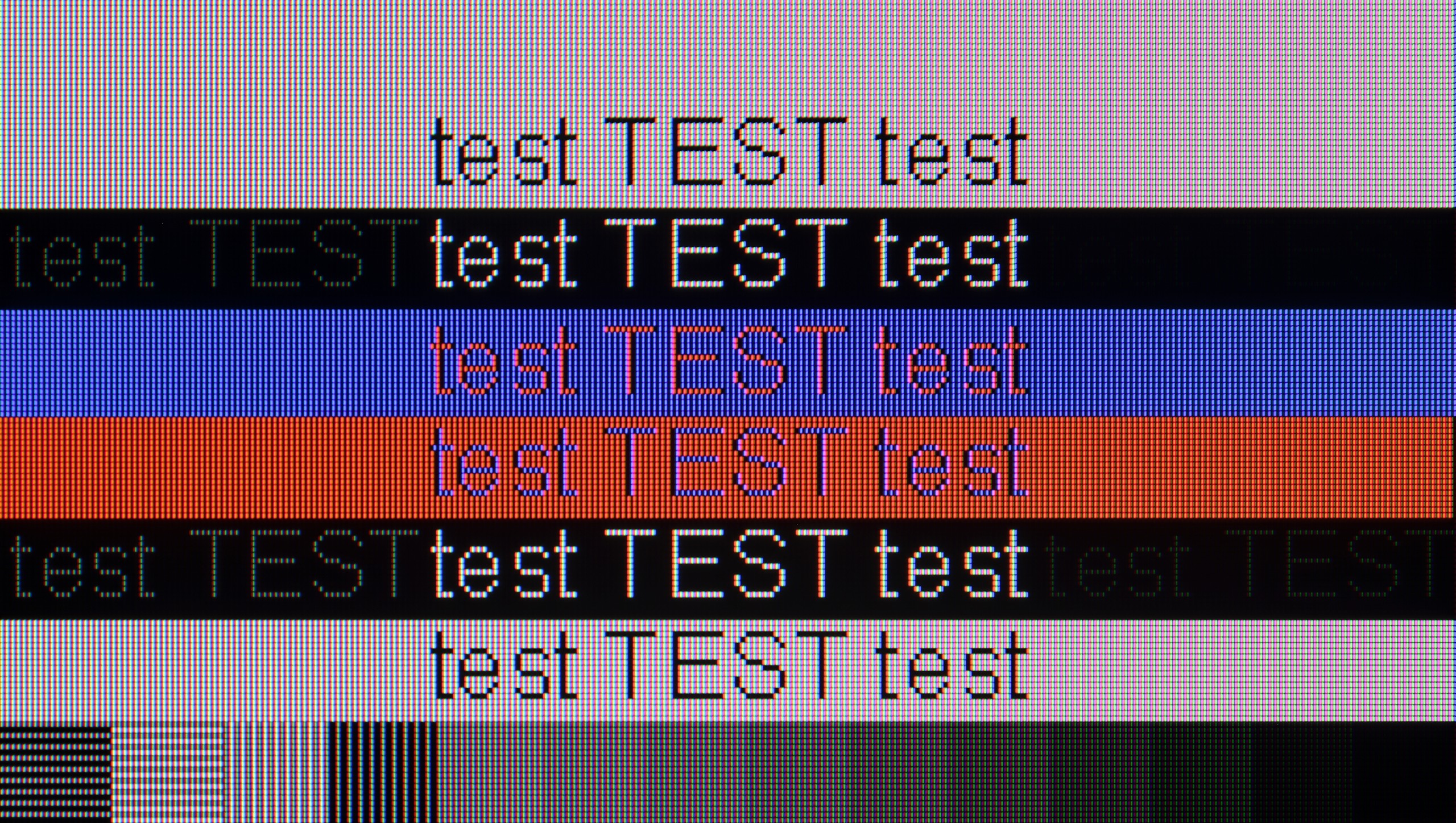
The collaboration of the television Sony X85L with a PC is a bit of a balance between image quality and user comfort. If we want to use the television for work, where clear fonts matter, we need to set the refresh rate to 60 Hz. In this mode, the text looks good and doesn't strain the eyes, which is crucial if we intend to spend a longer time in front of the screen.
On the other hand, if the television is to be used for gaming, where we can take full advantage of its capabilities at 120 Hz, we must bear in mind that the readability of fonts noticeably decreases. The image becomes less sharp, and the text harder to read, which can be frustrating. In short – Sony X85L will perform well for occasional connections to a computer, but if we need it on a daily basis for work and gaming, this compromise may not appeal to everyone.
The applied IPS matrix, combined with properly functioning support for chroma 4:4:4, ensures that the readability of fonts is at an excellent level. Letters appear sharp, regardless of the background colour or the content itself, so working with documents or browsing websites does not strain the eyes. In this role, the television easily deserves a very good, if not outstanding, rating, as there are not many models in this budget that perform as well. Of course, if we look at the Bravia 3 from a PC gamer’s perspective, the picture is not quite so rosy. We won't find G-SYNC or Free Sync frame synchronization with graphics cards, nor high refresh rates, so the television is not the best choice for fast-paced computer games. However, it performs excellently as a monitor for work, whether in a home office or a student room, and in this respect, it is truly hard to criticise.
Viewing angles
3/10
6.6/10
The viewing angles on the Sony X85L, as is often the case with VA panels, are not the best. The picture looks great when viewed directly, but as soon as you move to the side, you notice that the colours lose intensity and the contrast significantly weakens. This can be an issue if the television is meant for viewing in larger groups, where viewers are seated at different angles. For those who usually watch solo or from one central spot, this won’t be a major downside, but when watching from the side, the picture quality unfortunately declines.
Thanks to the use of an IPS matrix, colours do not lose intensity as quickly as in the case of screens based on VA panels. Even when watching television with a larger group, when some people sit at an angle, the image remains clear and does not appear washed out. Of course, it is not at the level offered by organic OLED matrices, where the image looks identical from almost any position, but for an LCD television, the viewing angles in the Bravia 3 are among the better ones. This provides a sense of comfort and freedom, especially in larger living rooms or during family viewings, where it is difficult for everyone to find a spot directly in front of the screen.
TV efficiency during daytime
6.5/10
4.9/10

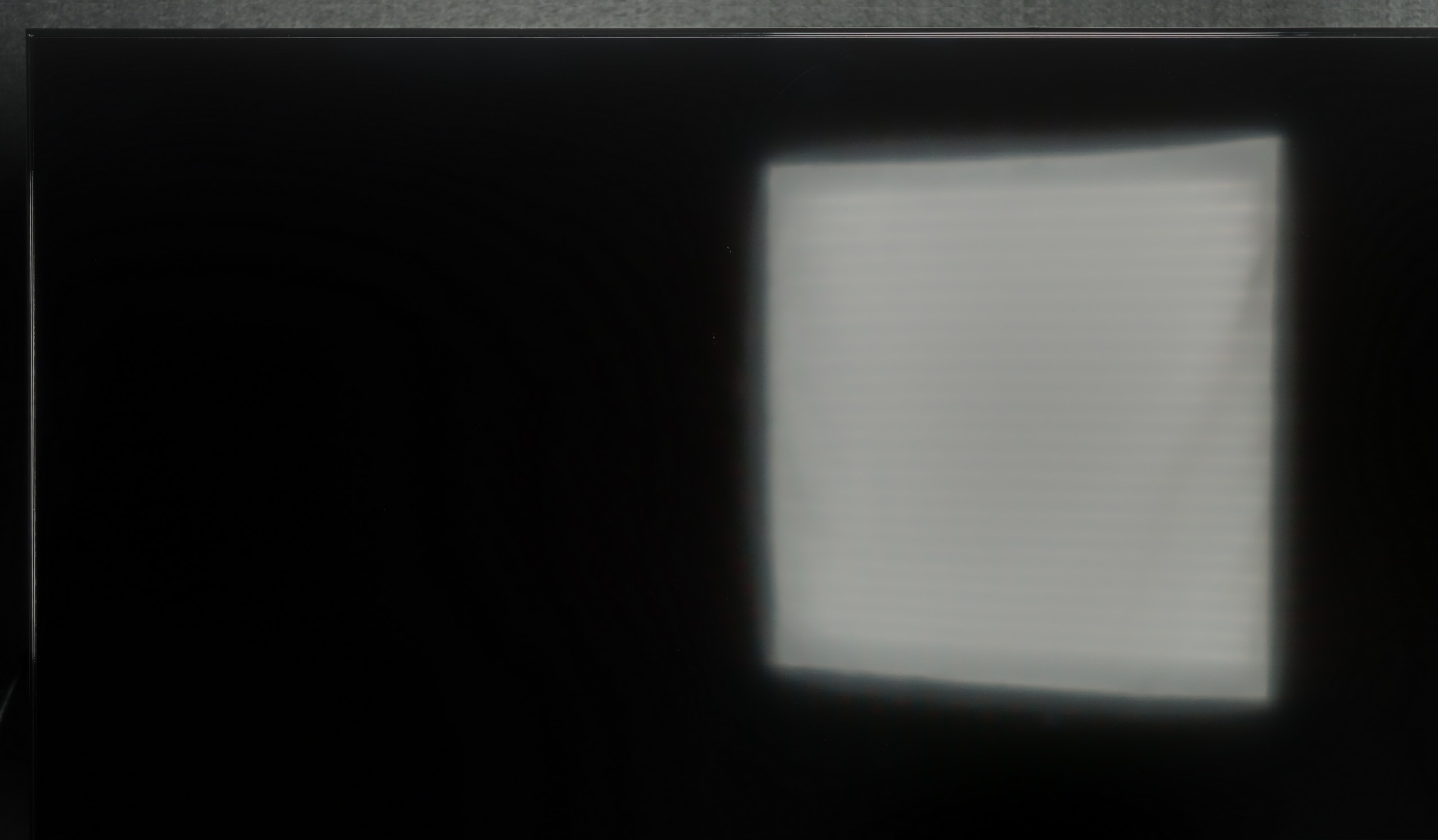

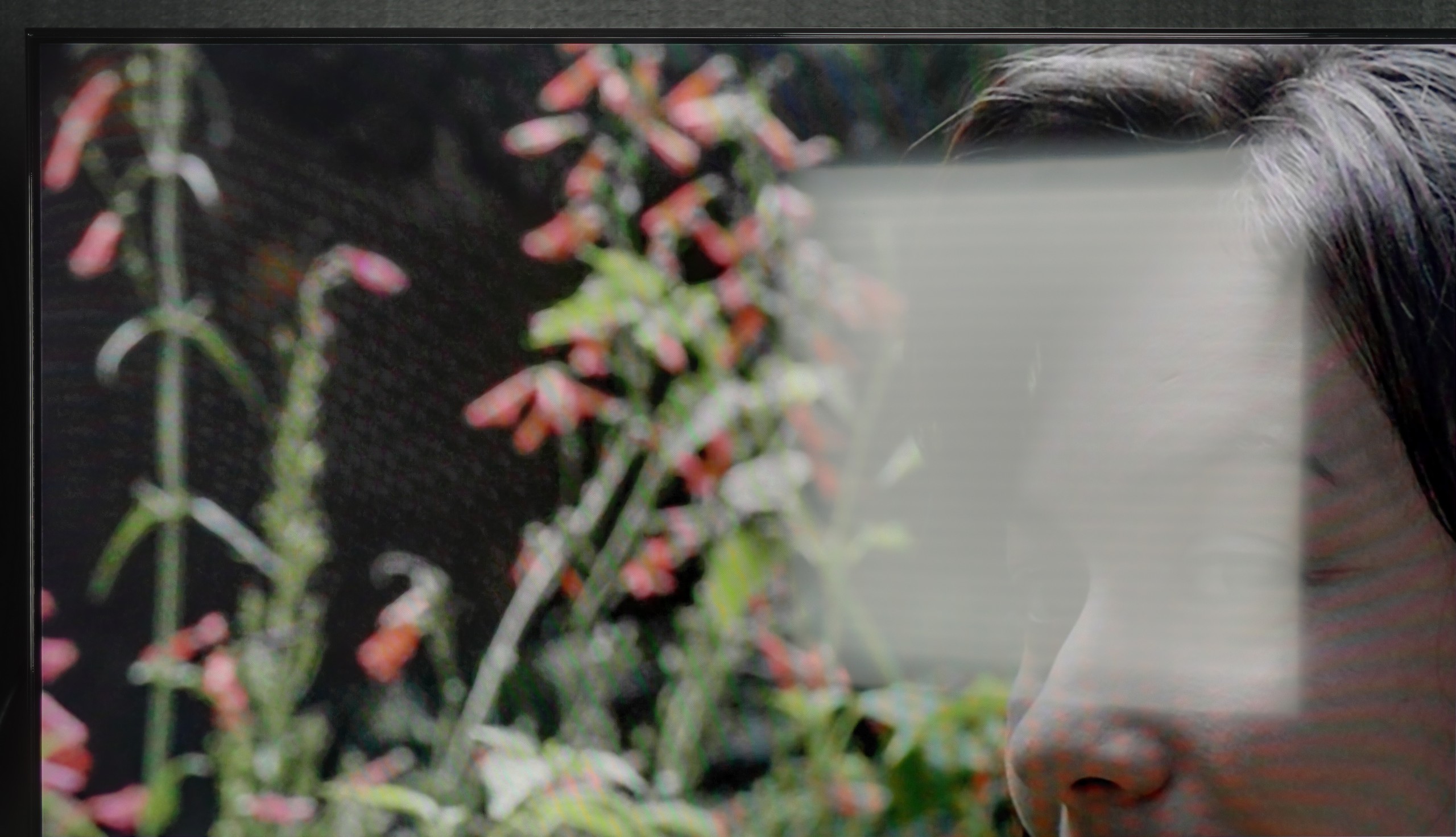
Matrix brightness
Average luminance SDR
SONY BRAVIA 3: 337 cd/m2
Sony X85L: 571 cd/m2
The performance of the television Sony X85L during the day is quite decent. Its satin screen coating handles light reflection moderately well, meaning that in bright rooms there can be some glare, but it is not bothersome enough to significantly interfere. The brightness in SDR mode at 570 nits is sufficient for comfortable TV viewing during the day, even with natural light coming in through the windows. This ensures that colours remain vivid and the picture is clearly visible, making the television suitable for everyday use.
Bravia 3 performs quite decently in the face of daylight. The satin coating on the panel effectively reduces reflections, and the colours do not lose their intensity when stronger external light hits the screen. As a result, in typical home conditions, with blinds open or in a living room with a larger window, the image maintains its clarity. However, it must be remembered that this is not a high-brightness television. Bravia 3 has no chance of competing with brighter models, so in very sunny rooms, there are moments when the screen simply does not stand out against intense light. In normal conditions, it will cope without problems, but in more challenging scenarios, one should not expect miracles.
Details about the matrix
Subpixel Structure:

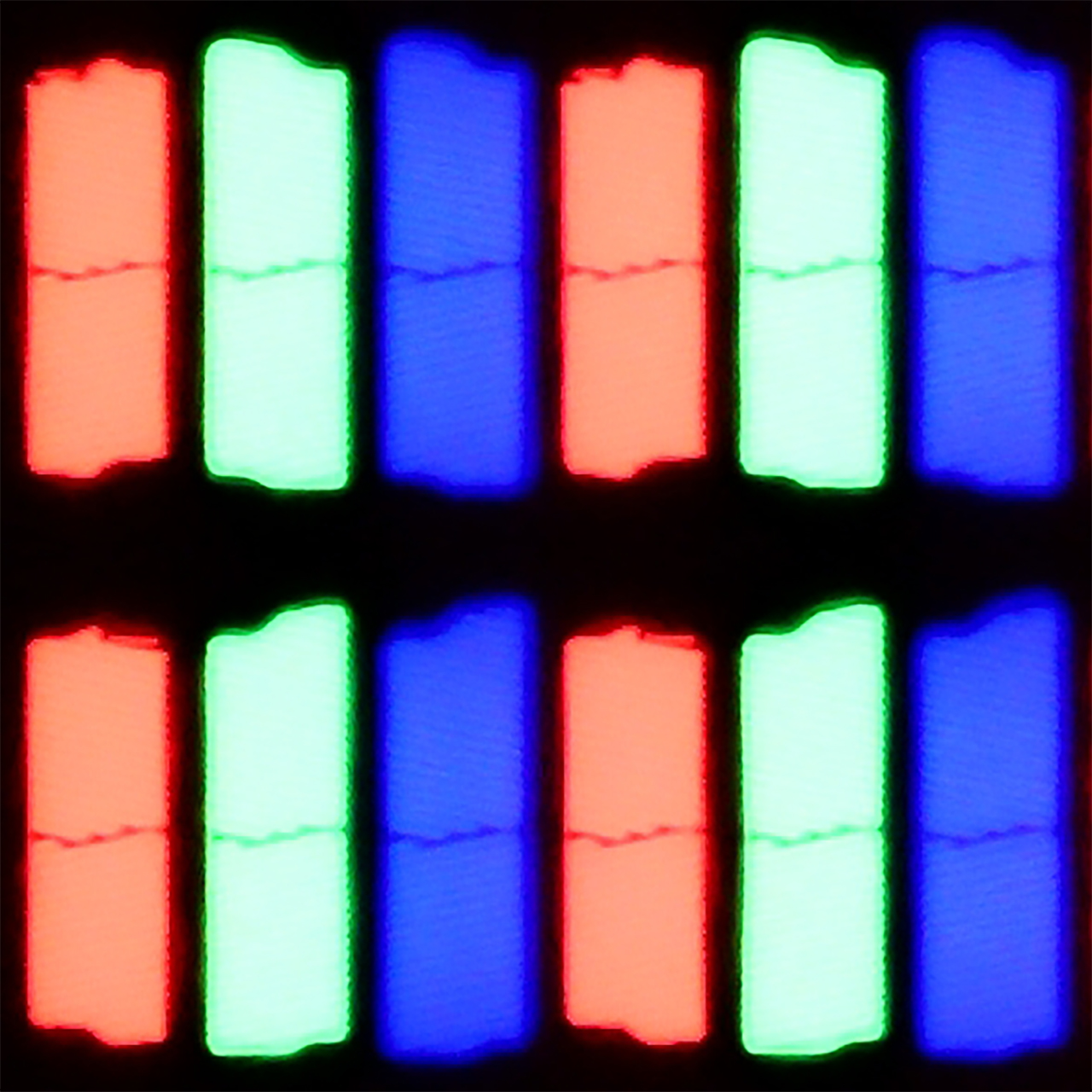
Panel uniformity and thermal imaging:

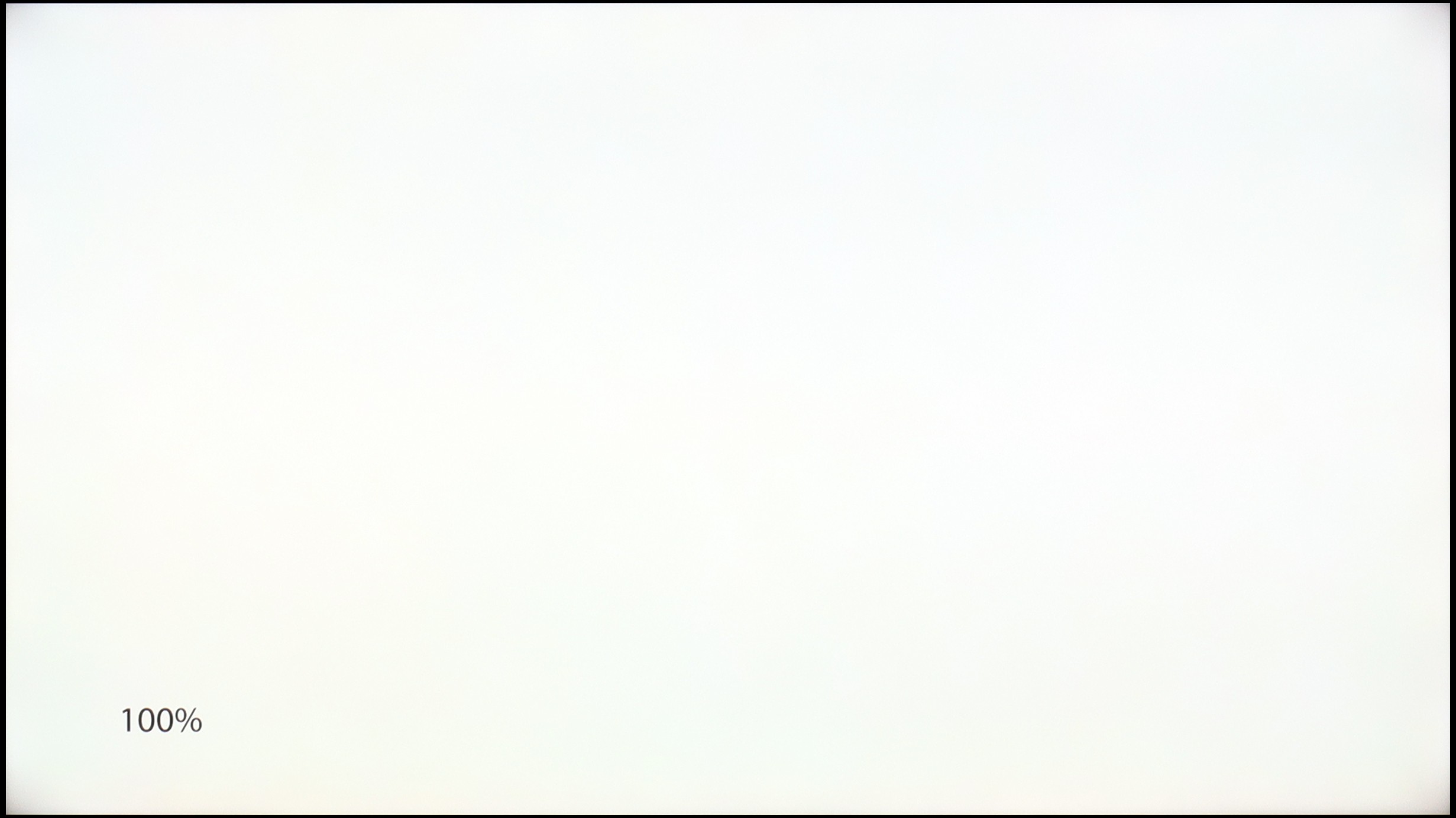
TV features
7.7/10
6.6/10
- HDMI inputs2 x HDMI 2.0, 2 x HDMI 2.1 48Gbps4 x HDMI 2.0, 0 x HDMI 2.1
- Other inputsRCA (Chinch)
- OutputsToslink (Optical audio), eARC (HDMI), ARC (HDMI)Toslink (Optical audio), eARC (HDMI), ARC (HDMI)
- Network InterfacesWi-Fi 2.4GHz, Wi-Fi 5GHz, Ethernet (LAN) 100MbpsWi-Fi 2.4GHz, Wi-Fi 5GHz, Ethernet (LAN) 100Mbps
- TV receptionDVB-T, DVB-T2, DVB-S, DVB-S2, DVB-CDVB-T, DVB-T2, DVB-S, DVB-S2, DVB-C
Classic features:
- Recording to USB (terrestrial TV)
- Recording programming
- Picture in Picture (PiP)
- RF remote control (no need to aim at the screen)
- Backlit remote control
- Teletext
- Audio only mode
- Bluetooth headphones support
- Simultaneous Bluetooth headphones & TV audio
Smart features:
- AirPlay
- Screen mirroring (Windows Miracast)
- Voice search
- Voice search in native language
- Ability to connect a keyboard and mouse


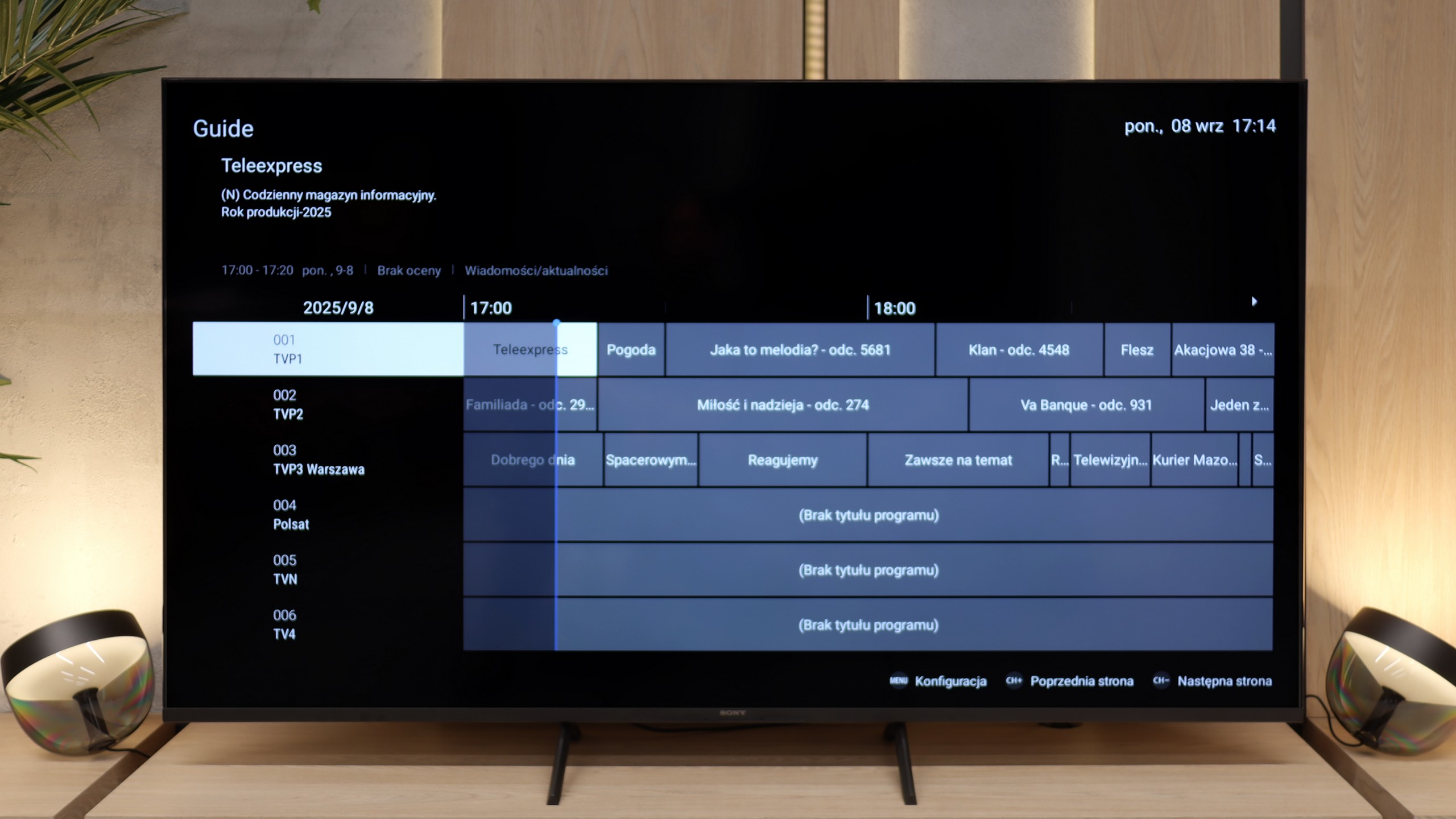
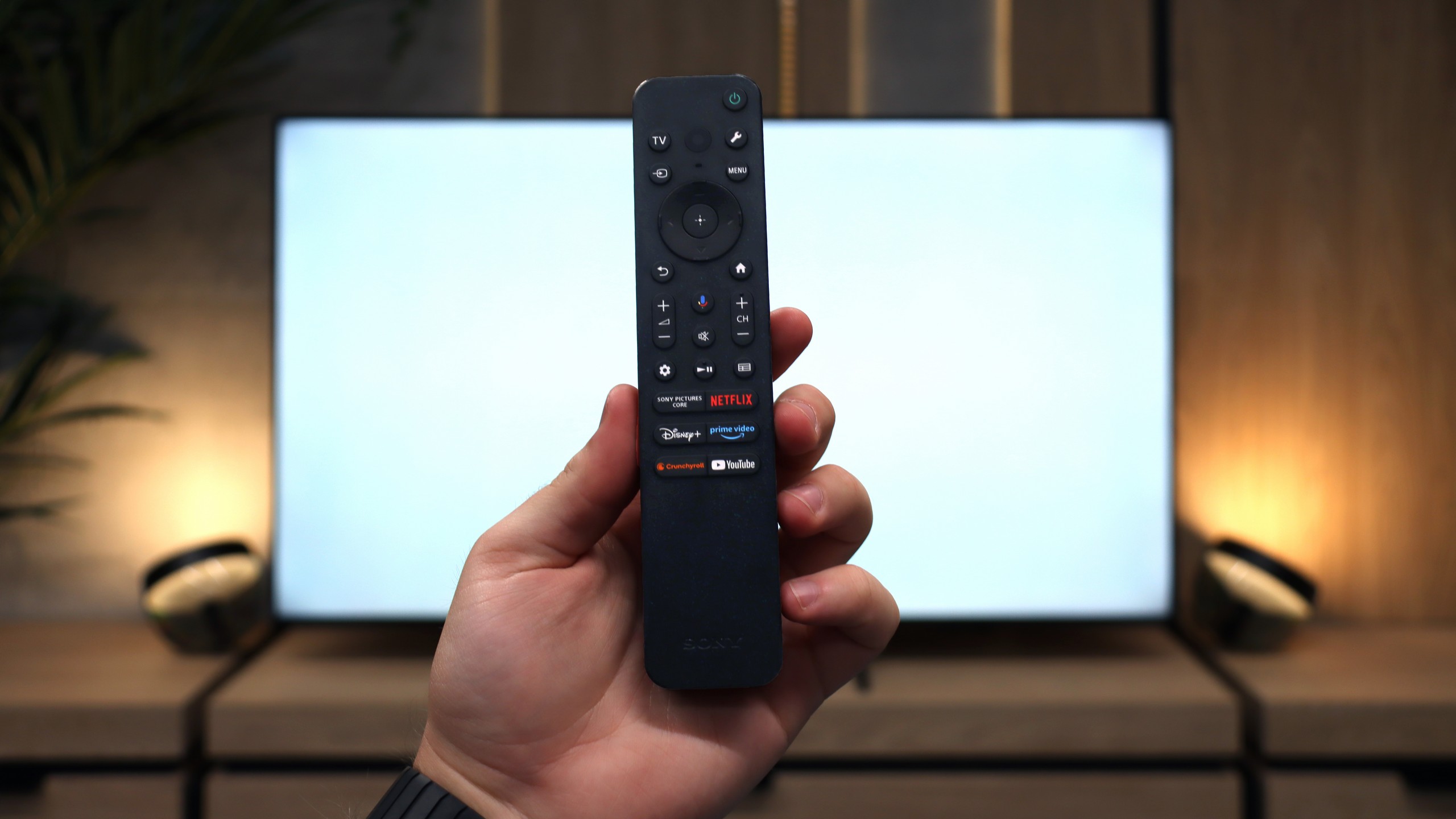
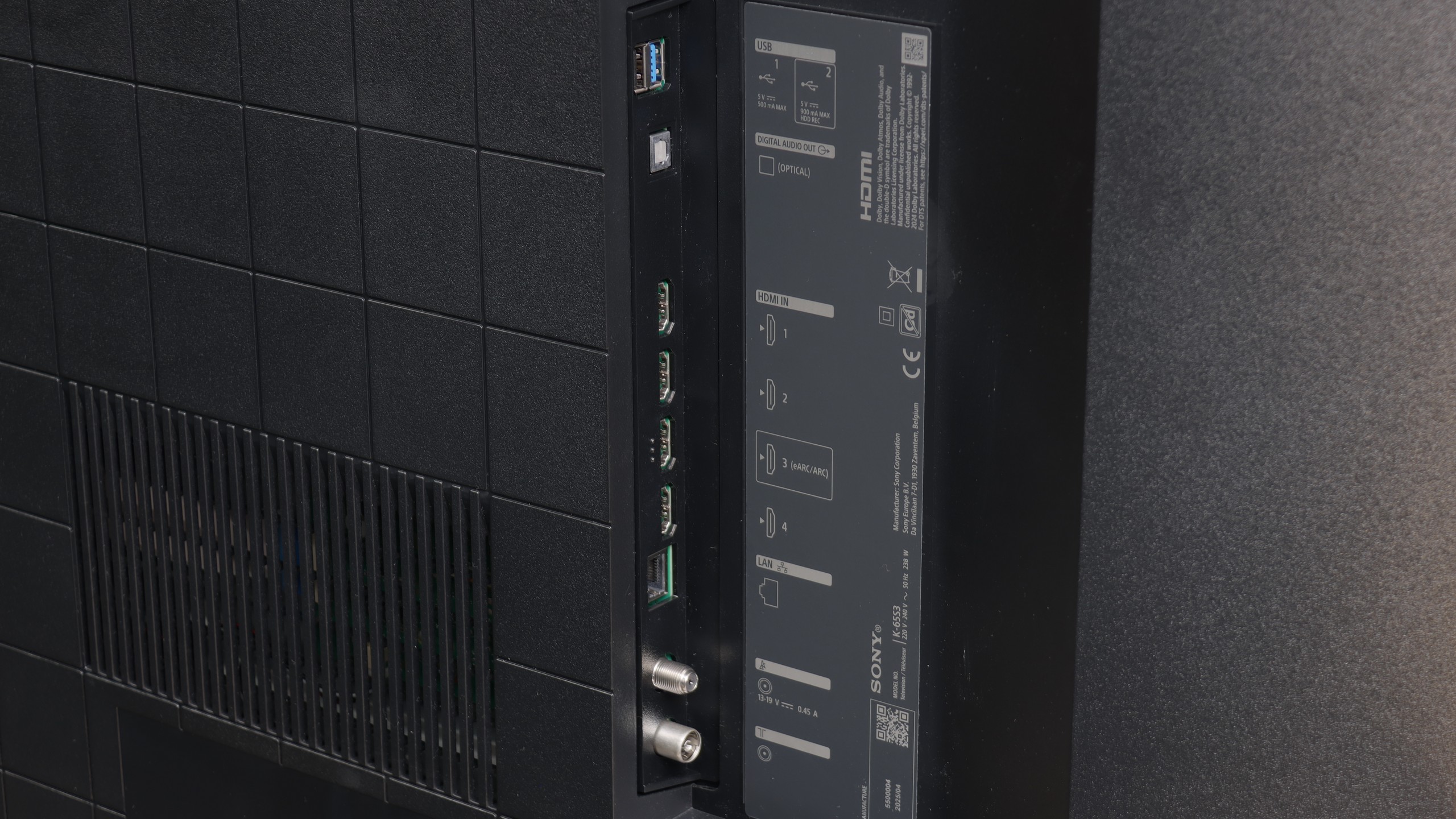
Sony X85L runs on the Google TV system, which is a substantial advantage for many users. The television offers wide access to applications, and using streaming platforms is smooth and user-friendly. The interface is intuitive and easy to master, allowing quick switching between applications and searching for favourite content. Google TV allows for personalisation of the home screen, enabling each user to tailor it to their preferences. The Google Assistant further enriches the experience by offering voice control and quick changes to settings or searching for films without the need for a remote.
In terms of user features, Sony X85L offers many useful options. The television has the capability to record programmes, which is a significant convenience for those wanting to watch their favourite content at any time. AirPlay support allows for seamless content streaming from Apple devices, which iPhone and iPad owners will appreciate. Additionally, thanks to the built-in Bluetooth, various devices such as headphones or keyboards can be connected. However, one of the shortcomings is the PiP (picture-in-picture) function, which may disappoint users who prefer multitasking on screen.
The design of the Sony X85L television, while perhaps not among the thinnest, is solid and elegant. The metal stand with adjustable feet is one of its stronger points, allowing the height and width of the television to be adapted to various furniture and spaces. This practical solution enhances the interior and adds a modern character to it.
Smart TV Features
The biggest advantage of the Bravia 3 in everyday use is the presence of the Google TV system. Thanks to it, we have access to one of the largest libraries of apps and streaming services, so regardless of whether someone mainly uses Netflix, Disney+ or smaller platforms, everything is within reach. The Google voice assistant also worked very well, managing to respond to our commands quite "cleverly". In theory, the Google TV system should operate very smoothly, as Sony has been implementing it better than many cheaper competitors for years. Unfortunately, in the case of the Bravia 3, it is not as great as we might have hoped. During testing, we noticed slight stutters in the interface, and some functions, such as screen mirroring, simply refused to work. One might get the impression that the processor in this model sometimes struggles to handle the demanding system, and not everything works as smoothly as we would expect.
Classic Features
Even in the cheapest series, Sony can remind us of its experience with various users. The set includes two remote controls. The first is modern and minimalist, with a small number of buttons, which works excellently for using apps and Google TV functions. The second is a classic remote with a richer set of keys and a numeric keypad, which will be especially appreciated by older people accustomed to traditional solutions. This is a nice nod towards different user groups, and it must be acknowledged that Sony has solved this very practically. It's a pity, however, that the ability to record content from TV tuners to USB memory has disappeared compared to the X75WL model. The manufacturer has completely eliminated this function, so if someone was attached to it, they will unfortunately not find it in the Bravia 3.
Playing files from USB
8.7/10
9.6/10
Supported photo formats:
Maximum photo resolution:

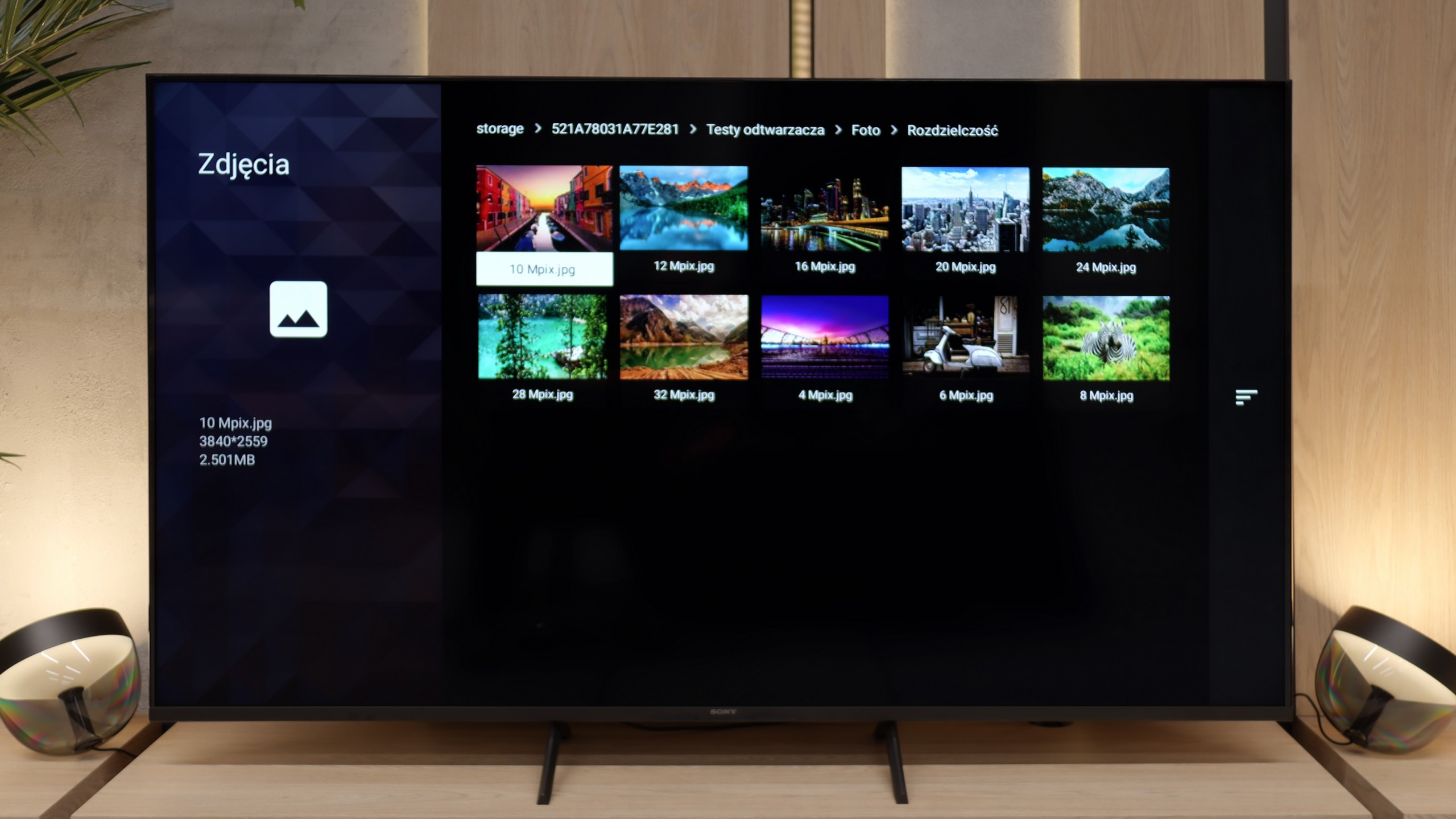
Sony X85L easily handles playback of most popular file formats from USB, which is a big plus for those who often access external content. However, it should be mentioned that there is a small downside – the built-in player does not allow for changing the font colour in subtitles, which may be troublesome for some. Fortunately, thanks to the extensive Google TV system, users have a wide range of options. Alternative media players can be easily installed, offering more personalisation options.
Here Sony has really done a great job. The built-in player works quickly and doesn’t “complain” when launching various formats. We didn’t have to reach for external applications like VLC, as the television handled even files that can cause quite a few problems on other models – such as HEIC photos from Apple devices. It's a small detail, but one that shows the manufacturer wanted the user to have a complete sense of convenience. By plugging a film onto a USB drive or holiday photos onto an external hard drive, you can simply connect them and start watching on the big screen right away. No fuss, no installing additional software, no searching for workarounds. This is truly a rarity in televisions, and it must be admitted that in this aspect, the Bravia 3 really pleasantly surprised us.
Apps
9.6/10
9.6/10














































Sound
6.9/10
6.5/10
- Maximum volume-88dB
- Dolby Digital Plus 7.1
- Dolby True HD 7.1
- Dolby Atmos in Dolby Digital Plus (JOC)
- Dolby Atmos in Dolby True HD
- DTS:X in DTS-HD MA
- DTS-HD Master Audio
The sound in Sony X85L is good – it is clear across the entire range, allowing enjoyment of both dialogues and music. The bass, though light, is noticeable and adds some depth to the overall sound. However, it should be emphasised that this is a subjective assessment – some may find such a sound profile satisfying, while others might need additional audio equipment to fully experience stronger tones and a more spacious sound.
Bravia 3 plays in a rather flat manner, but makes up for it with loudness. It is perfectly suited for watching classic television, as the dialogues are clear and the mid tones are easily heard. This type of characteristic will be particularly appreciated by older users who primarily value speech intelligibility. However, if someone expects something more from the sound, like stronger bass or a wider soundstage, it is still worth reaching for a soundbar. The television supports modern codecs, including Dolby Atmos and DTS:X, so an external sound system can easily take advantage of their potential. This assures that with a relatively modest expense, one can achieve a much fuller and more engaging sound.
Sound Quality Test
No sound test video
Acoustic Measurements
No acoustic data
88dBC (Max)
75dBC


